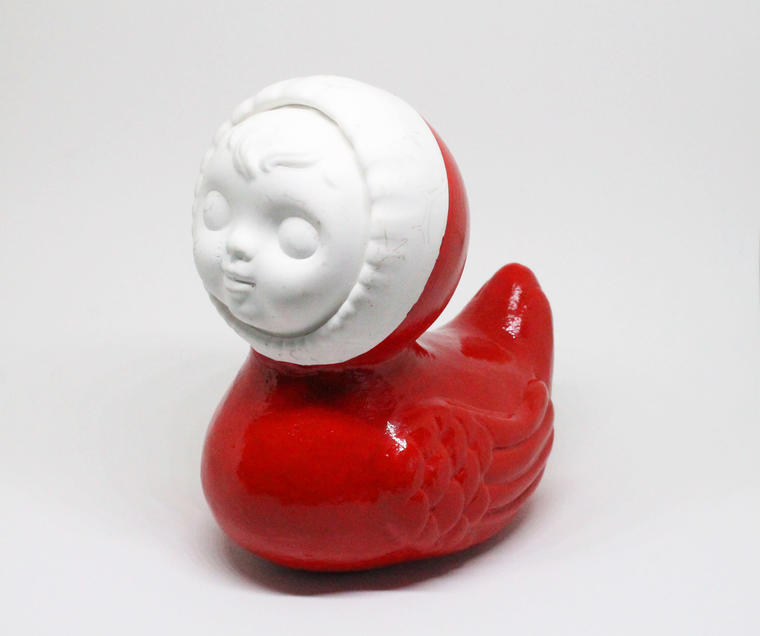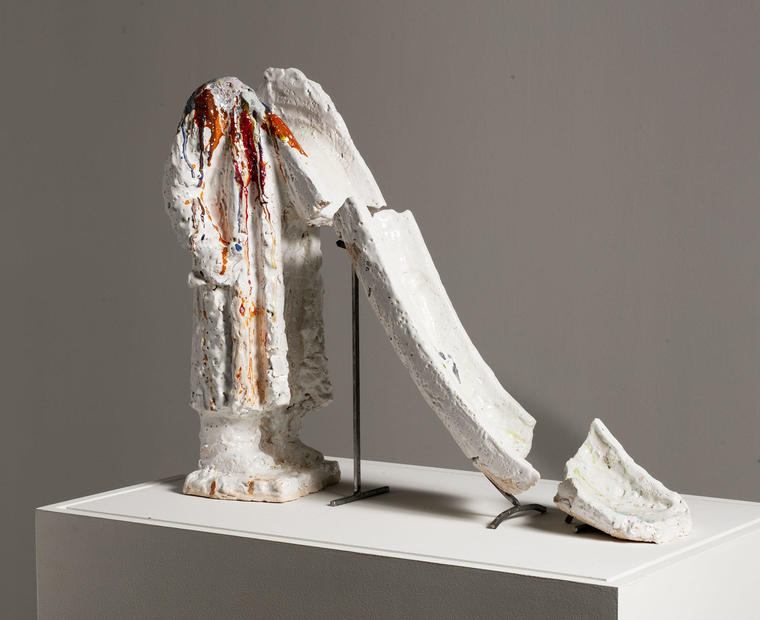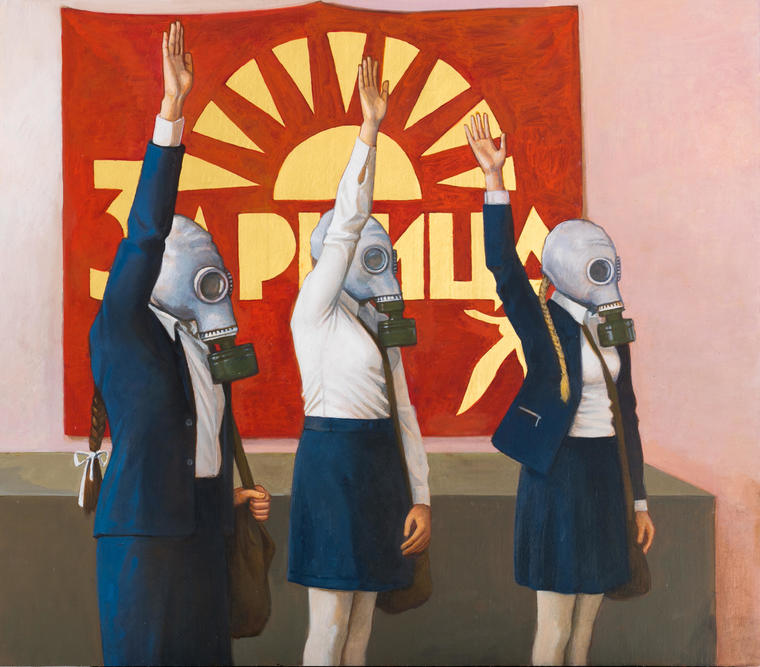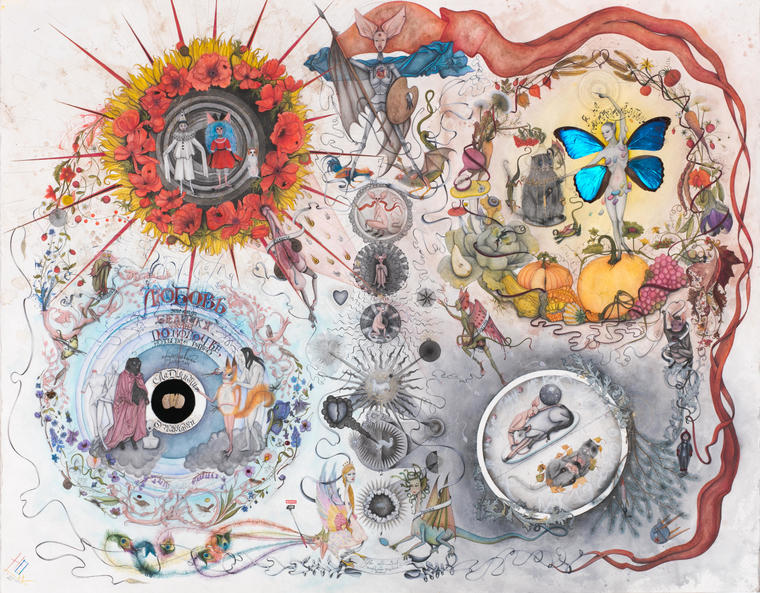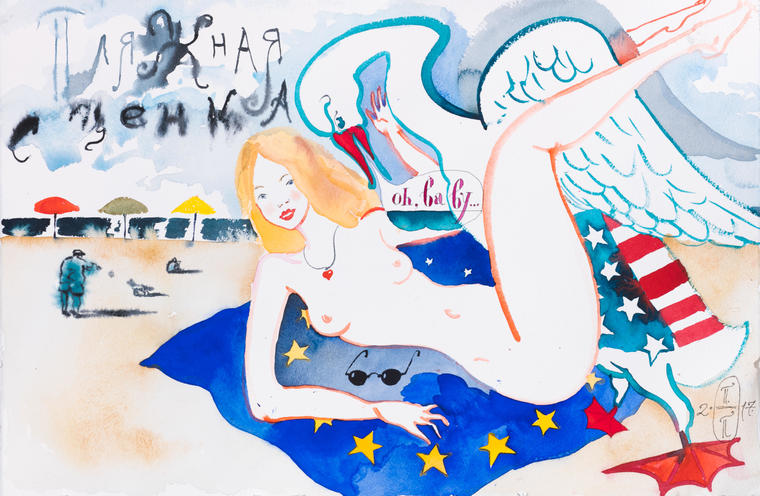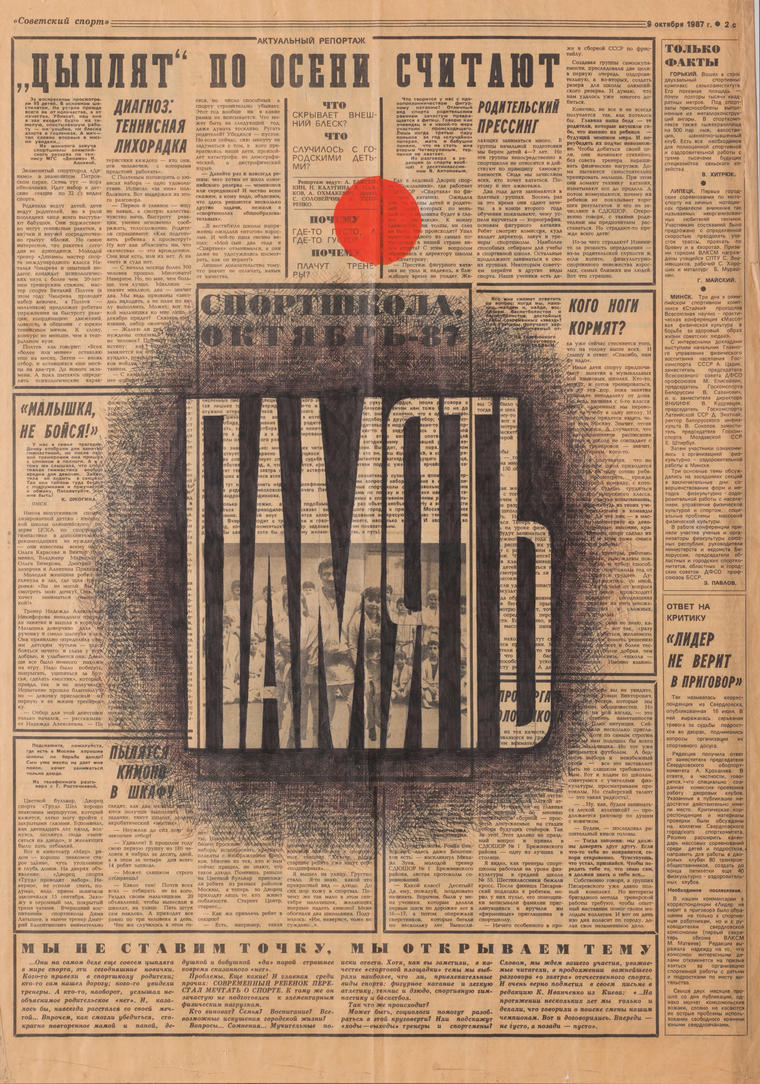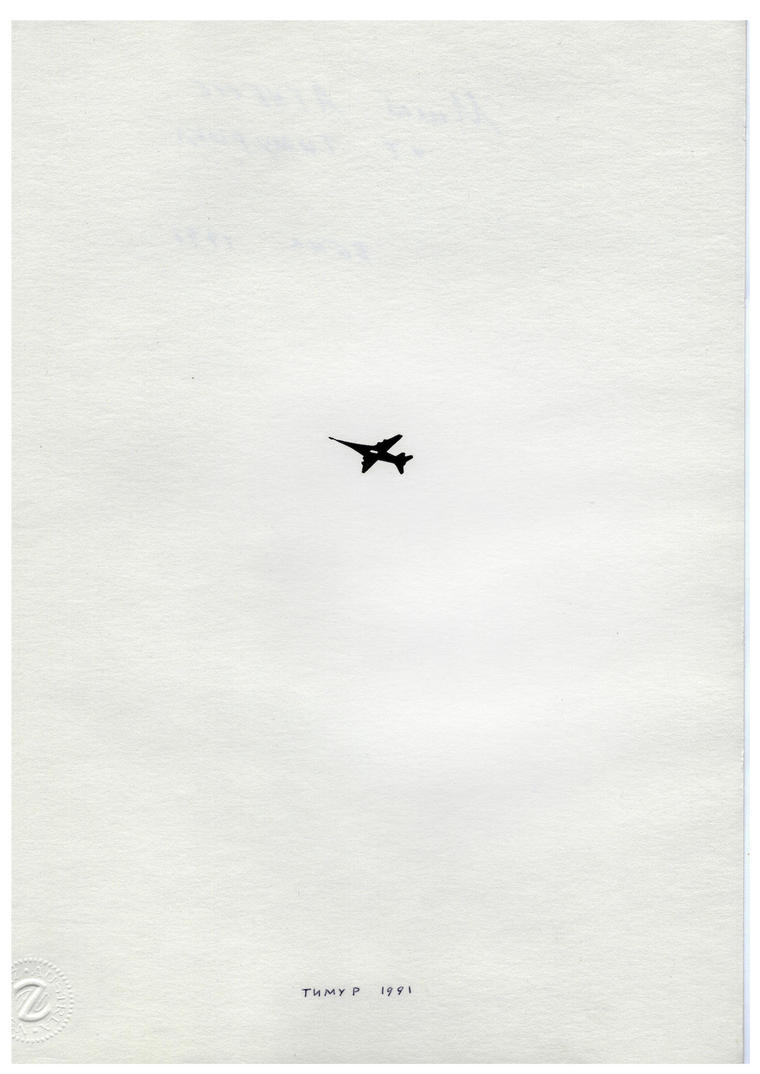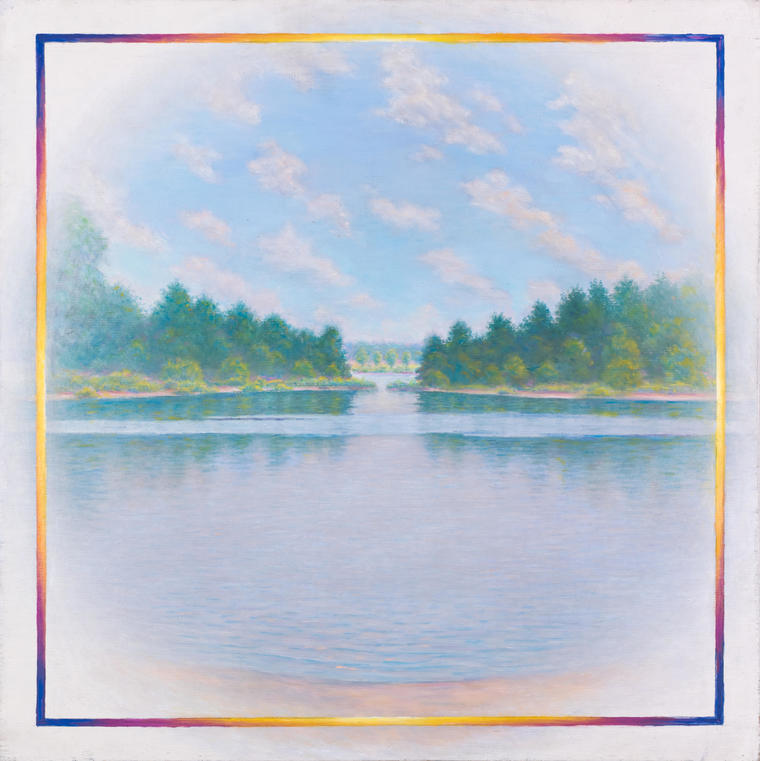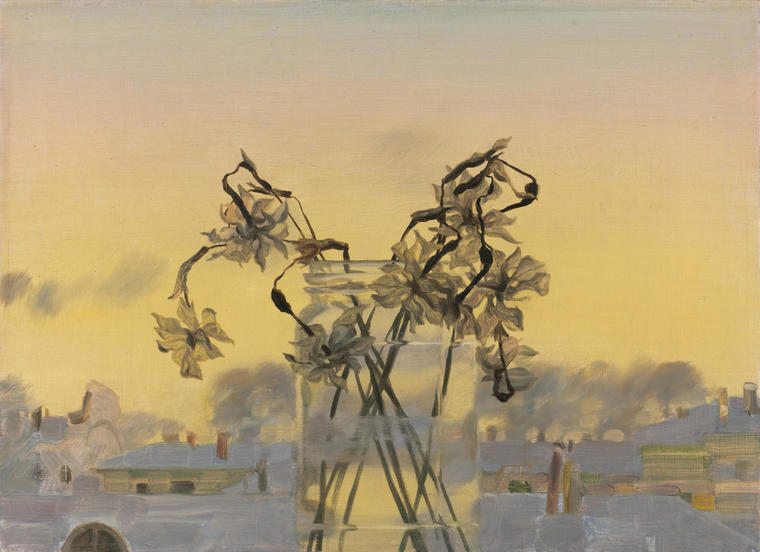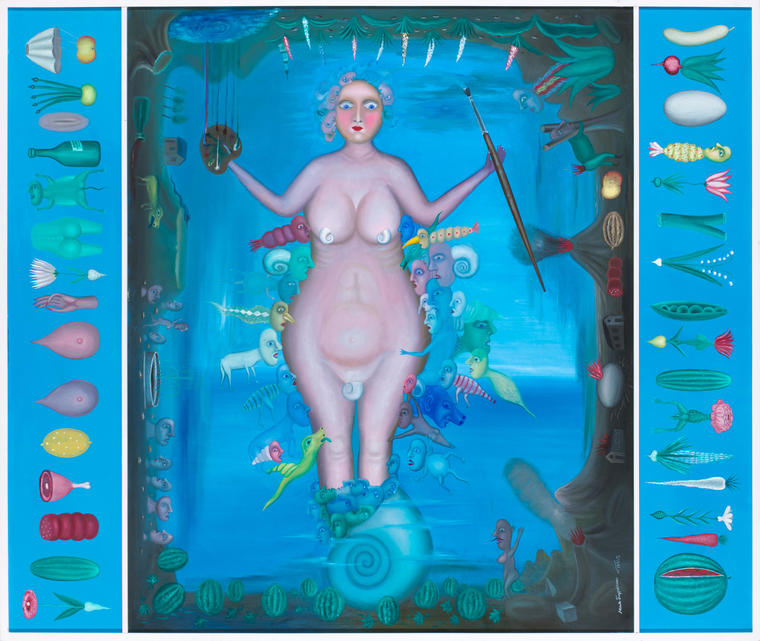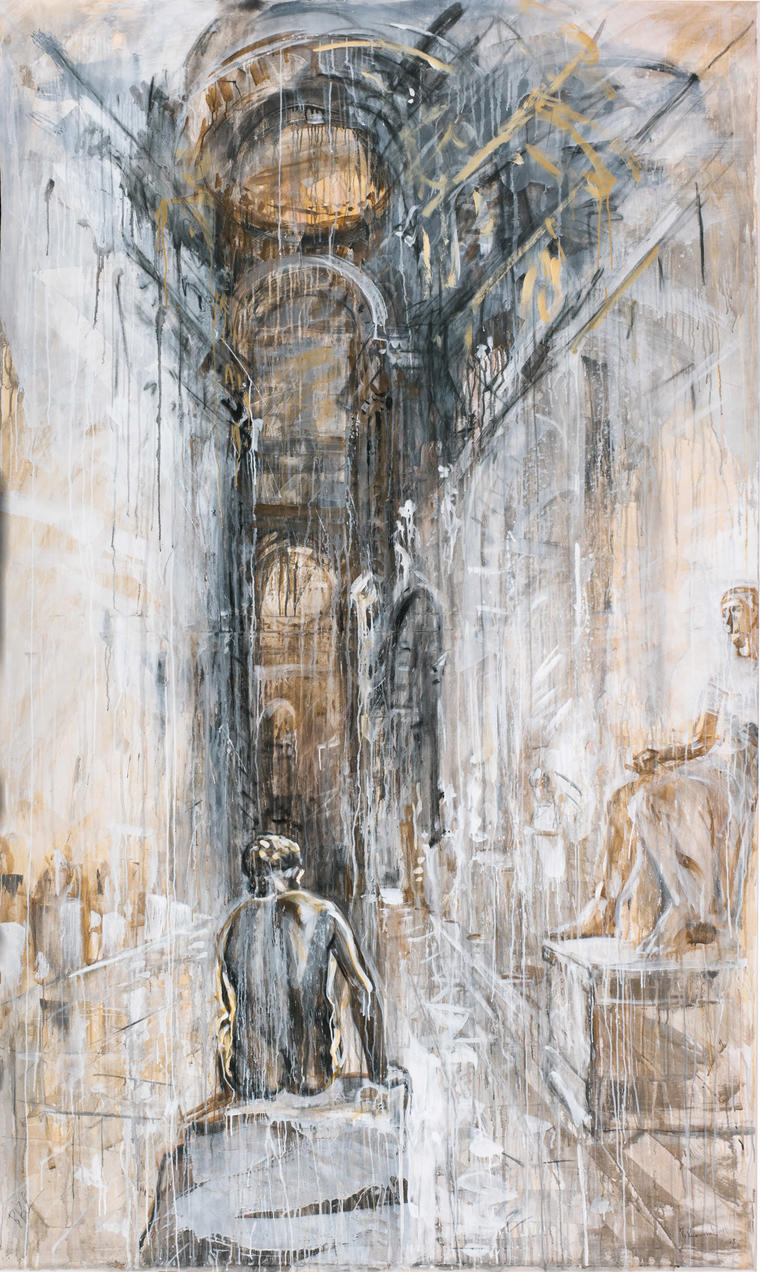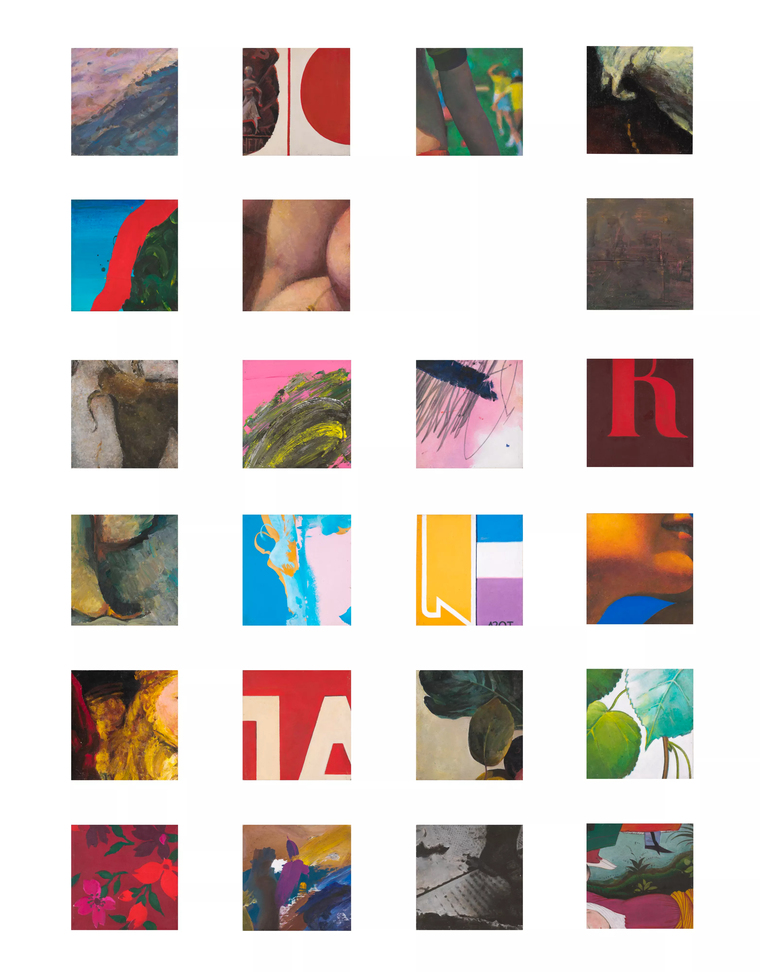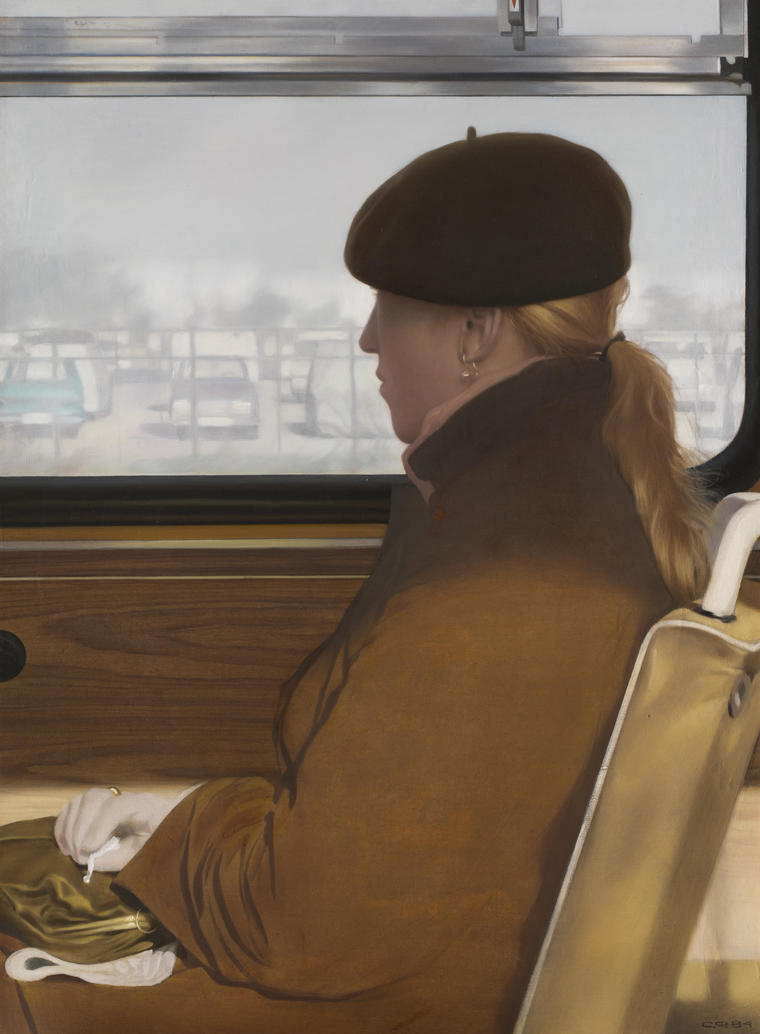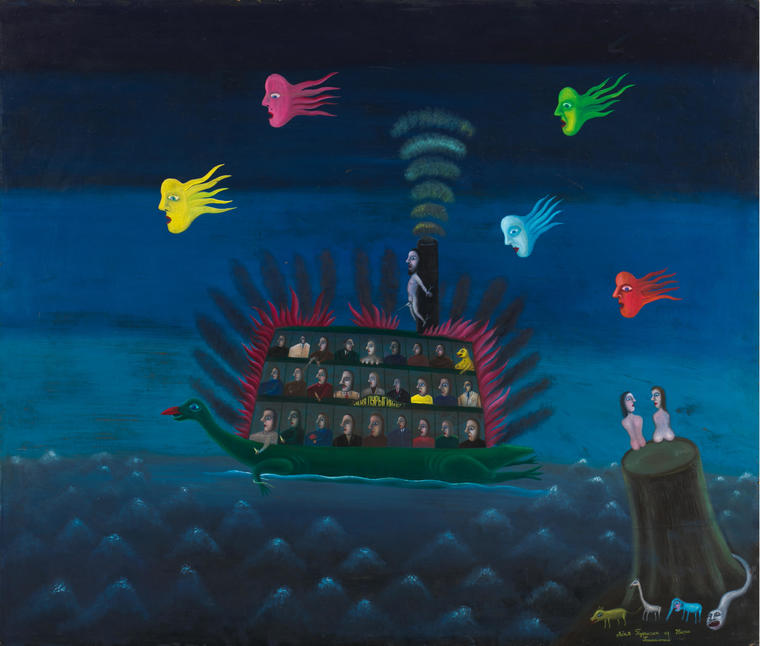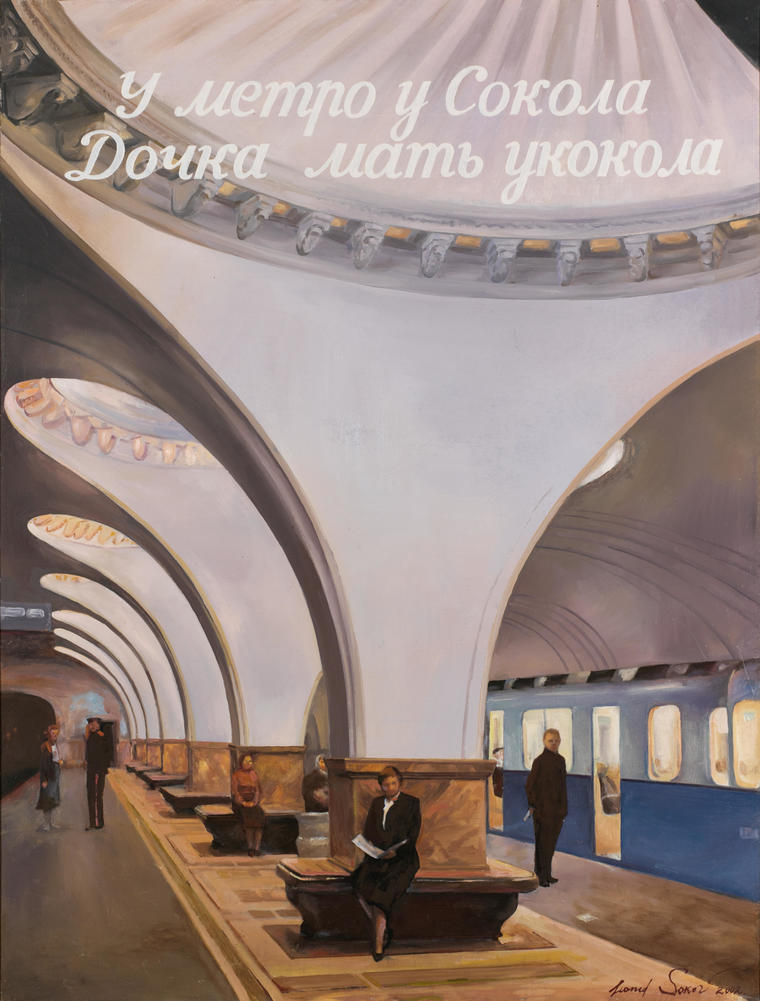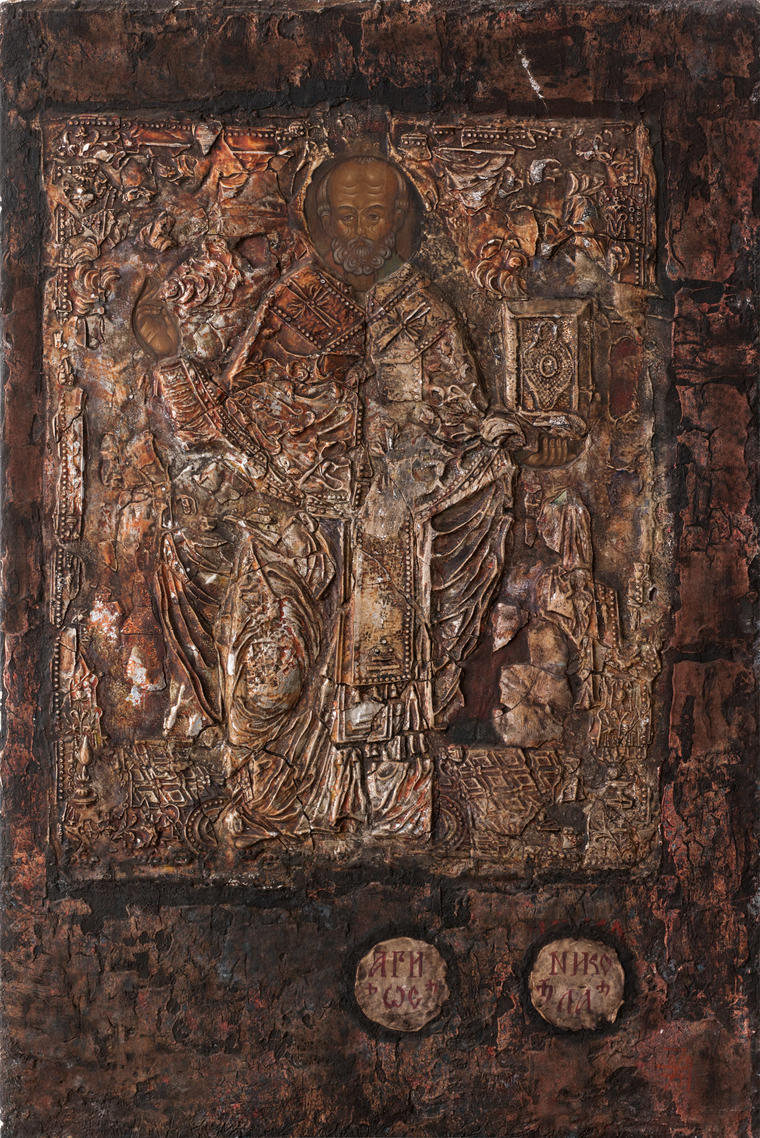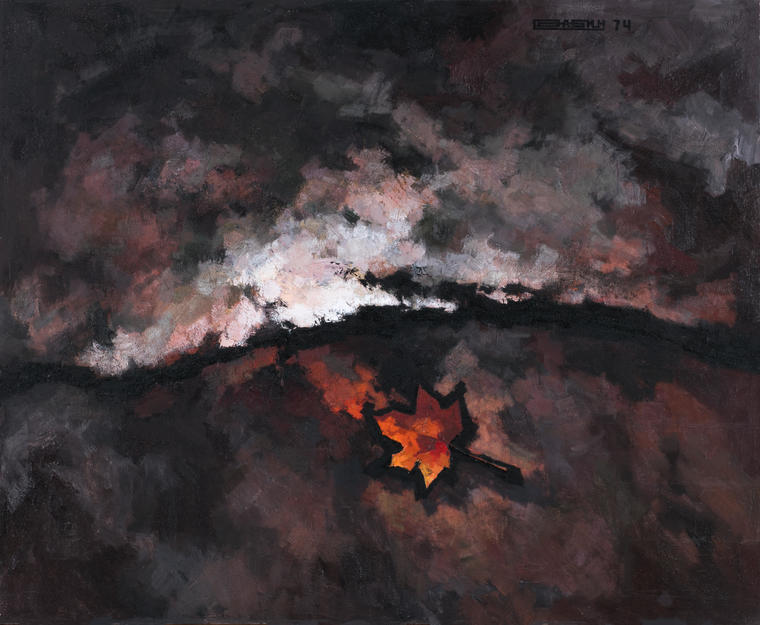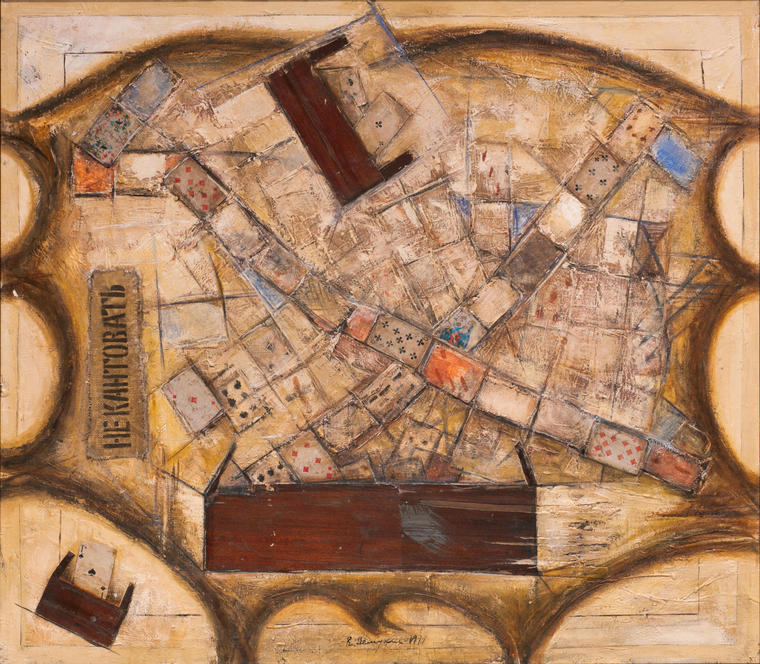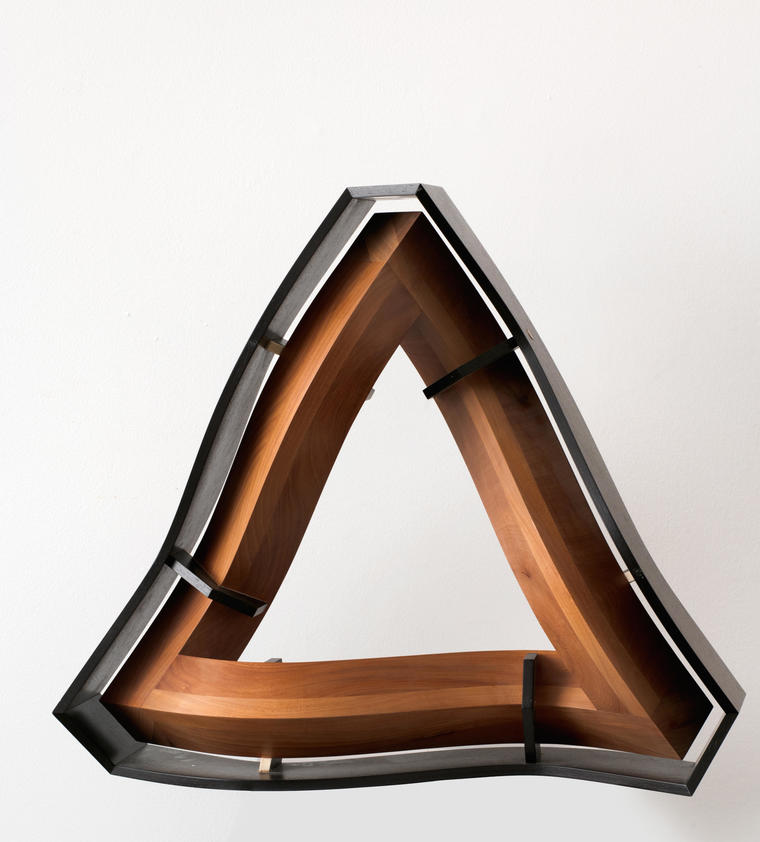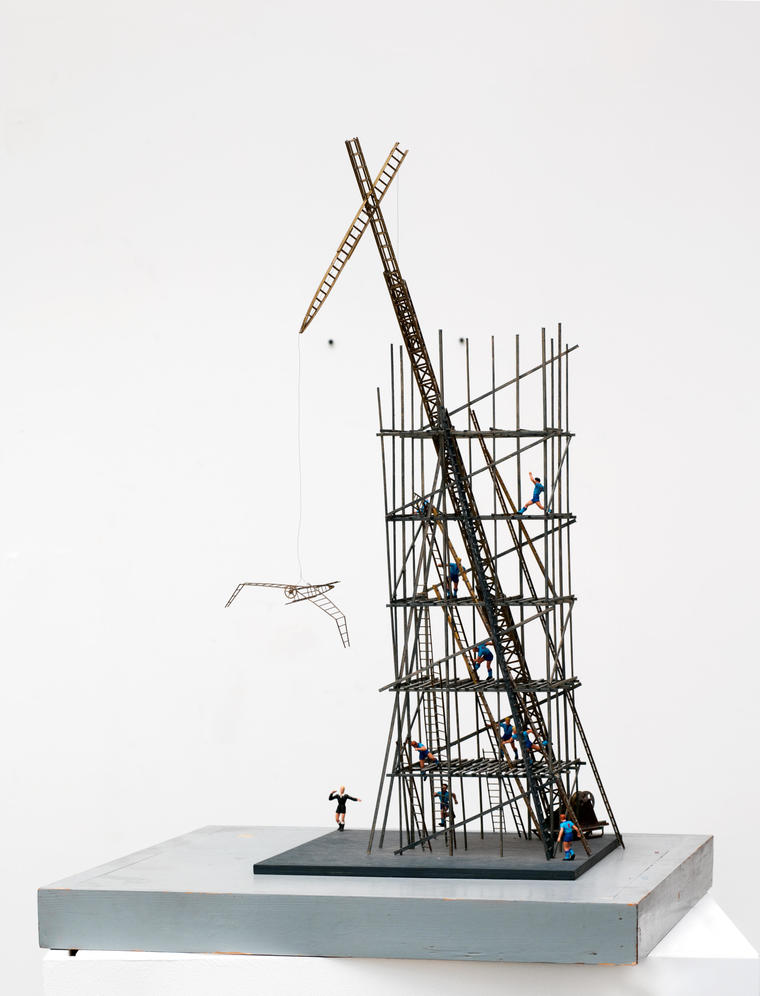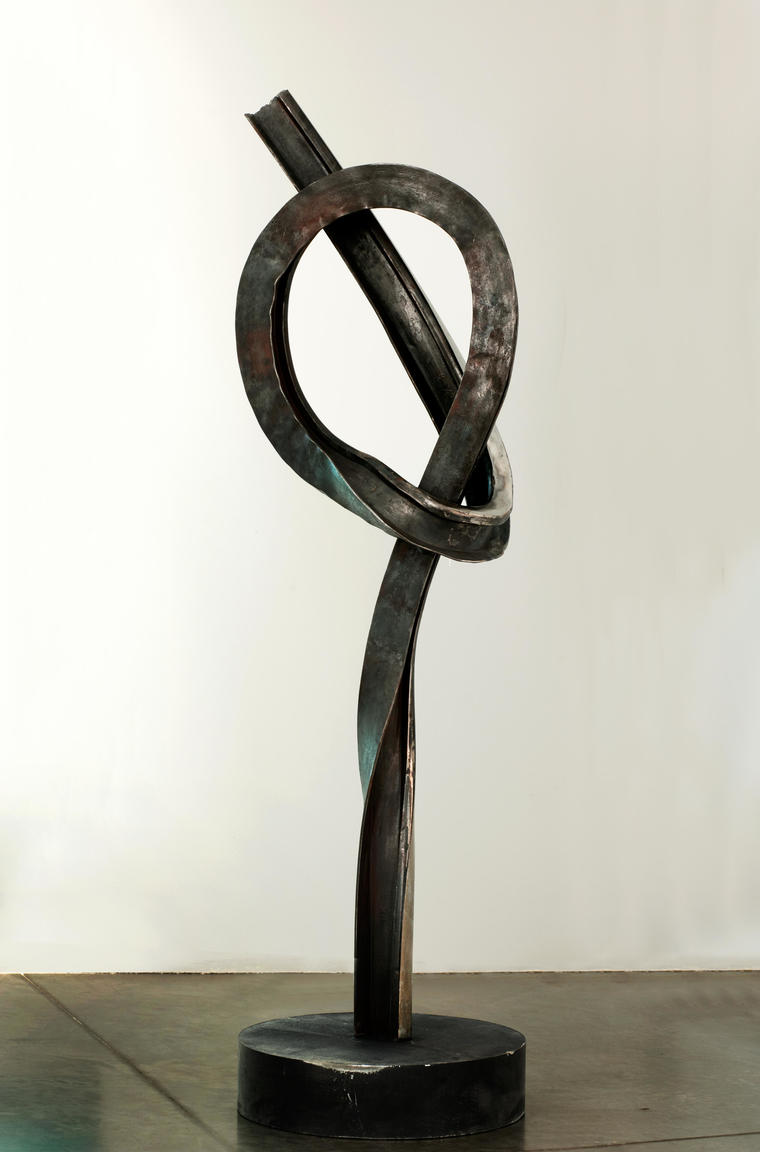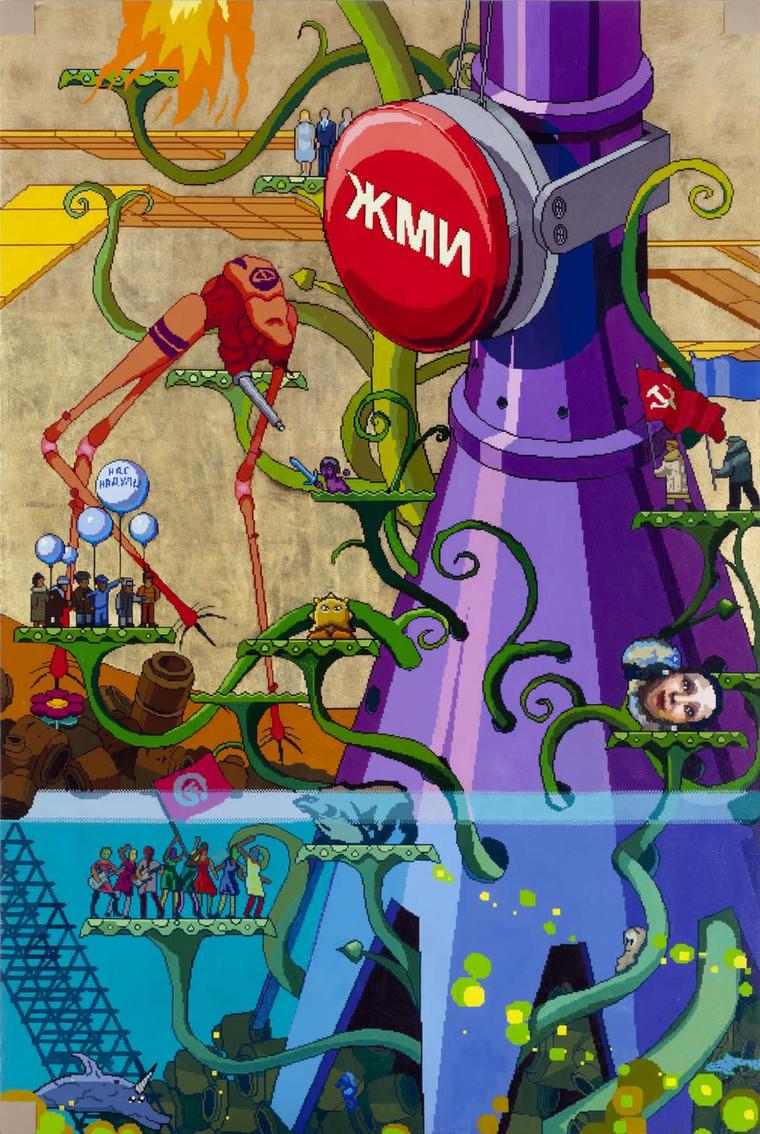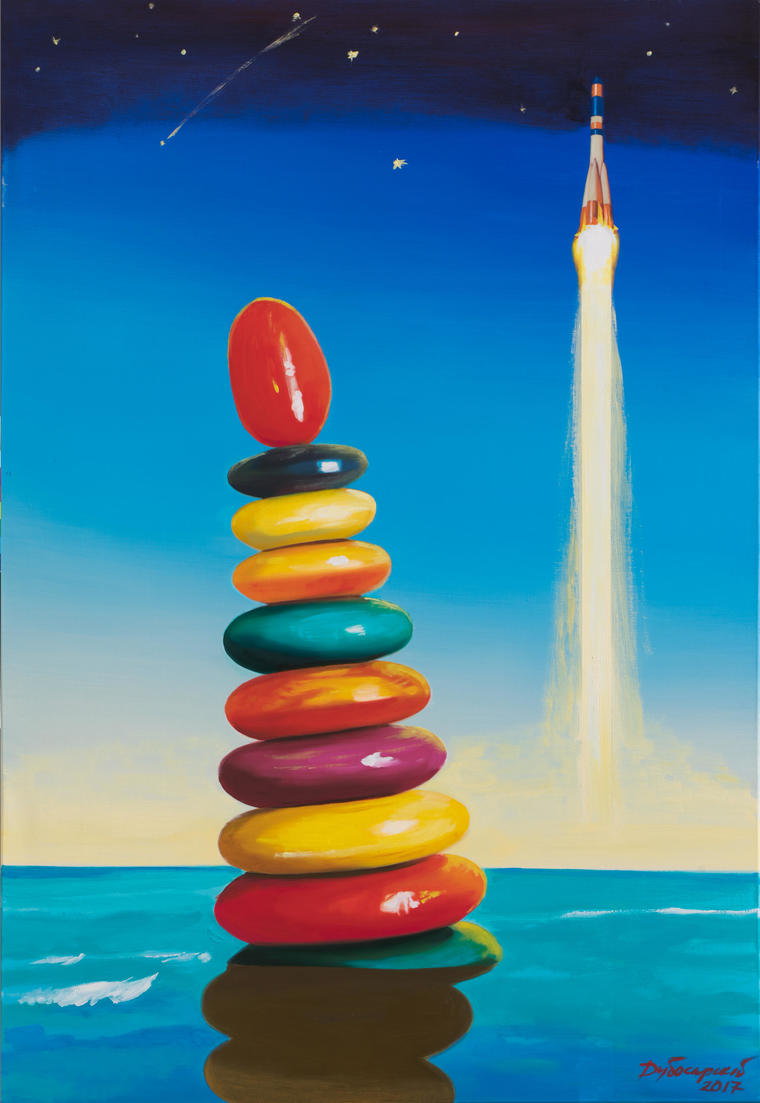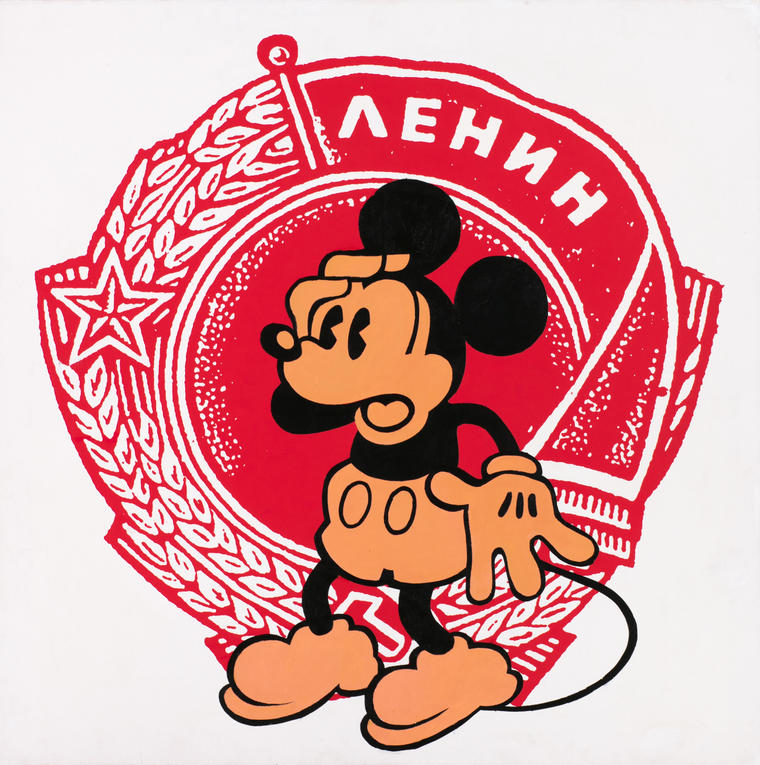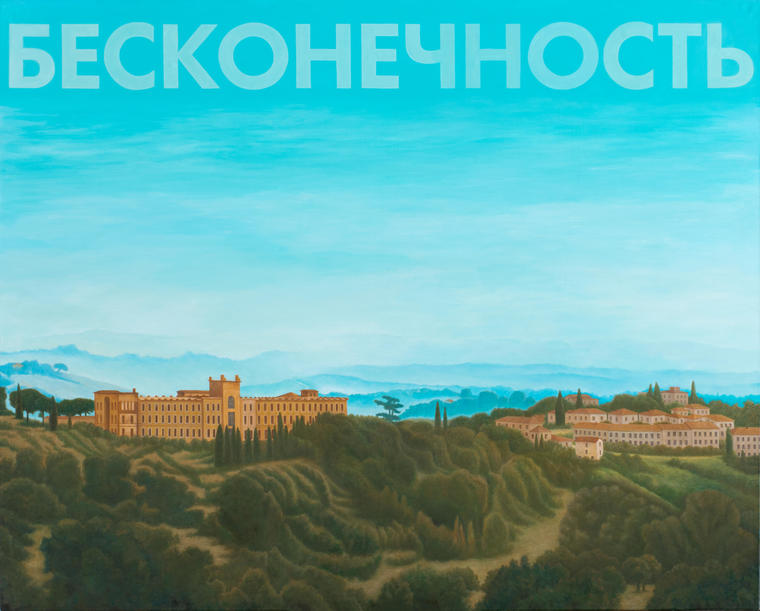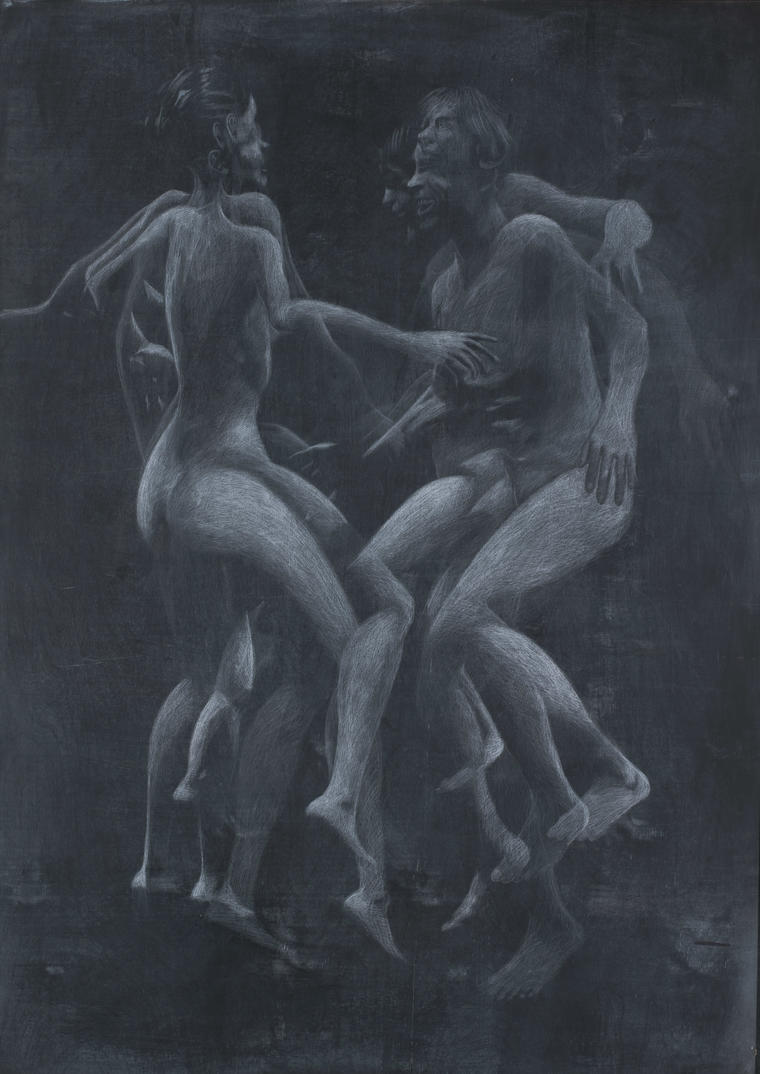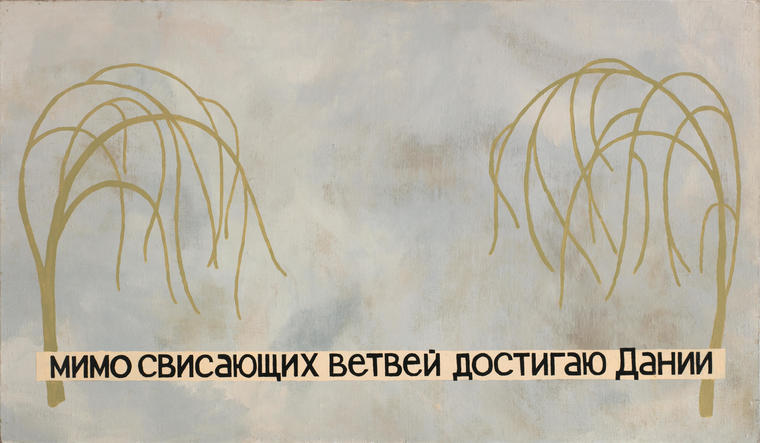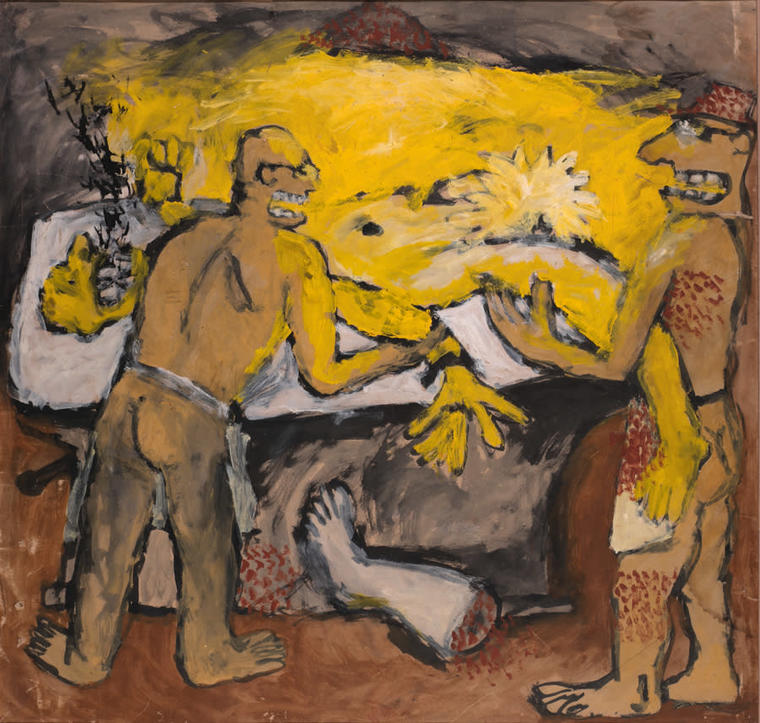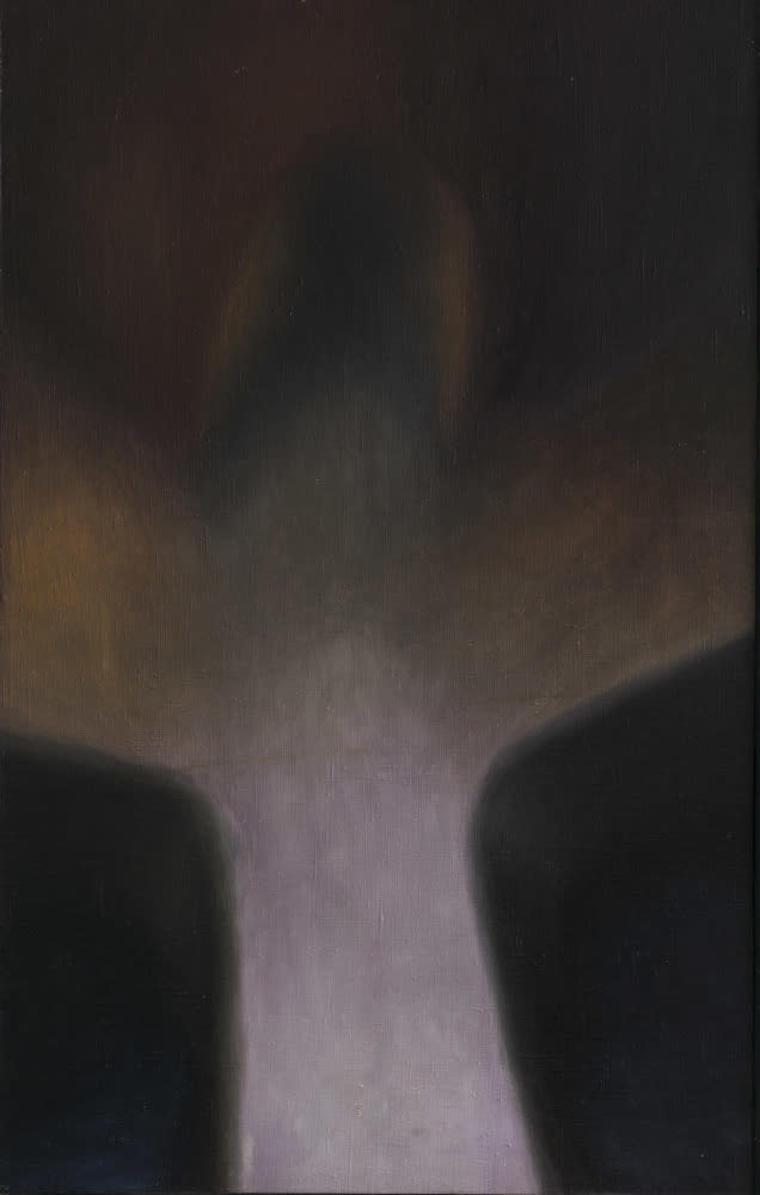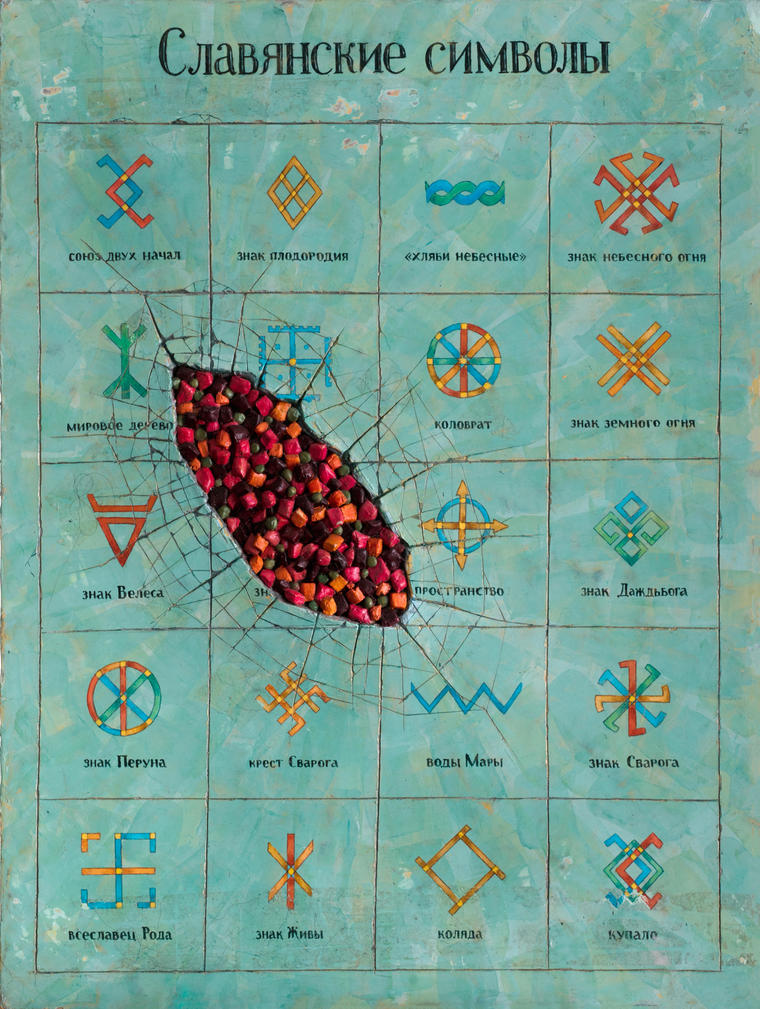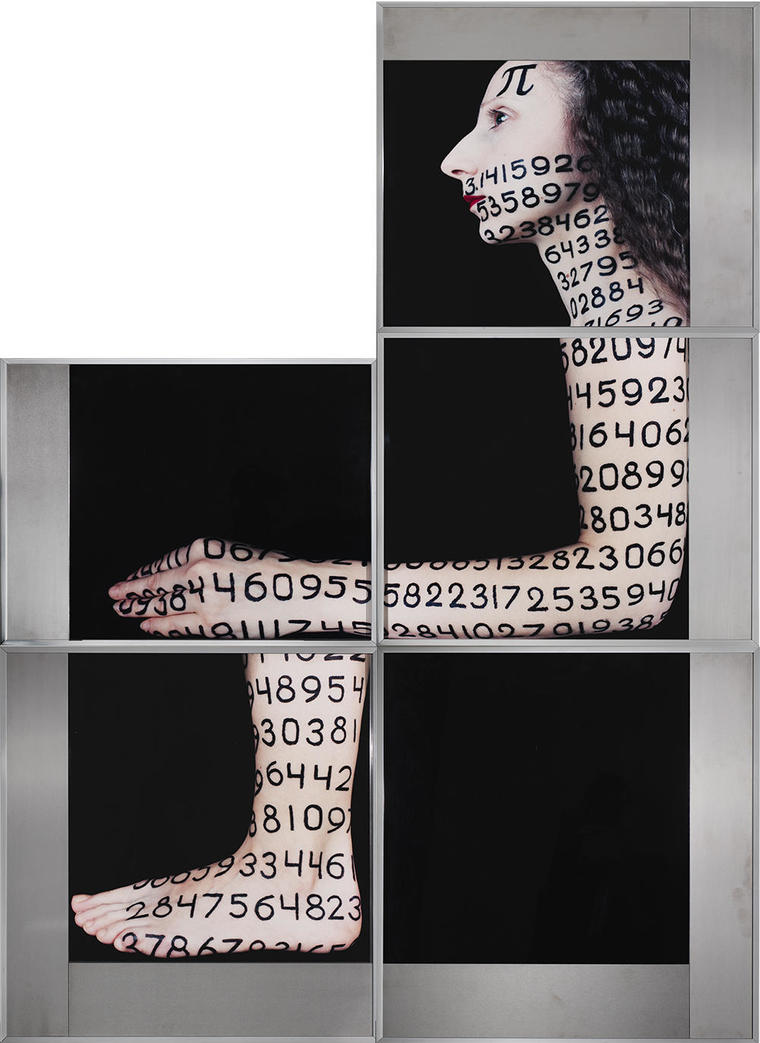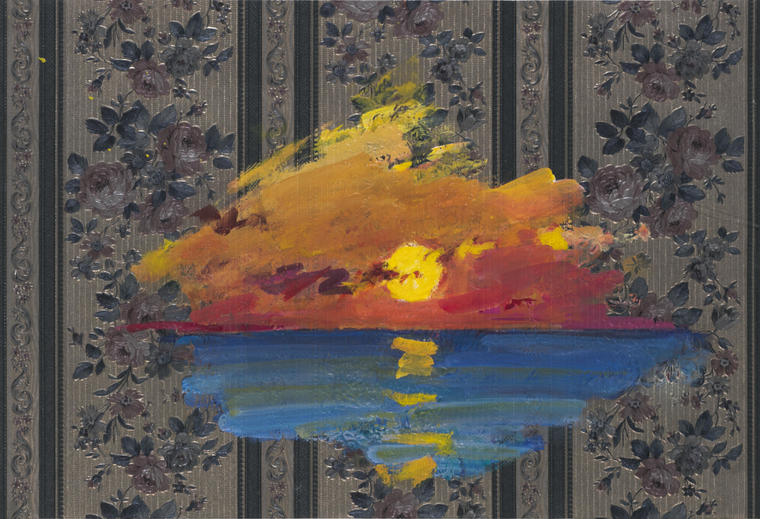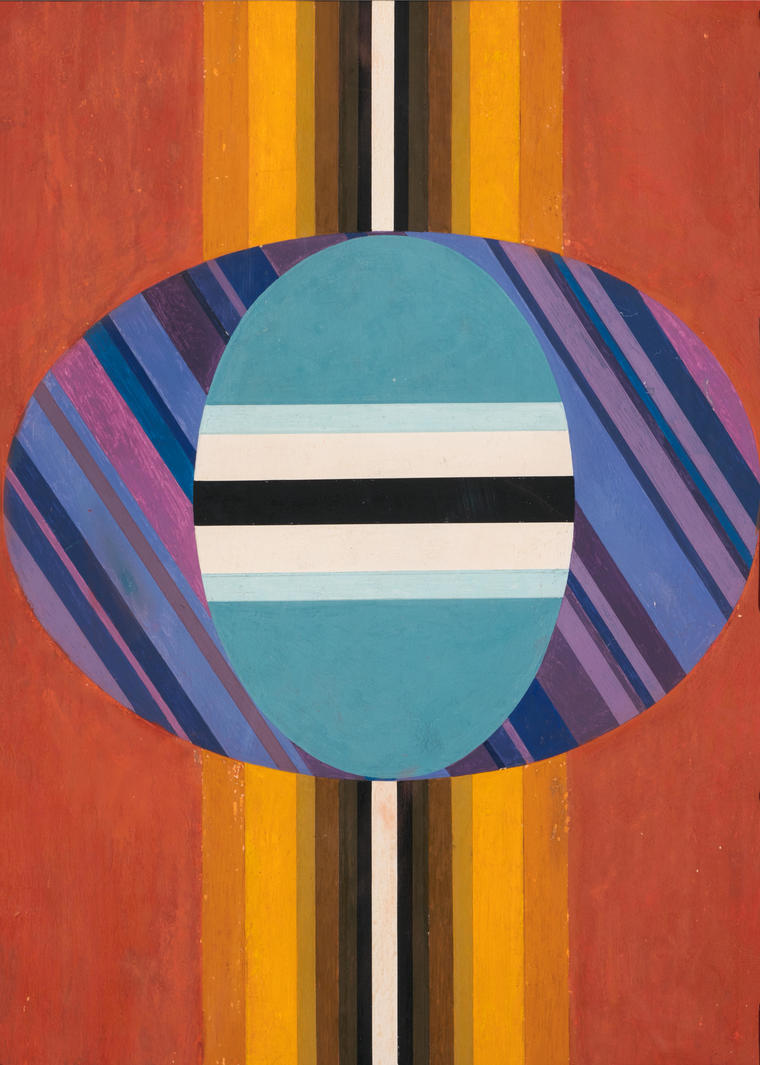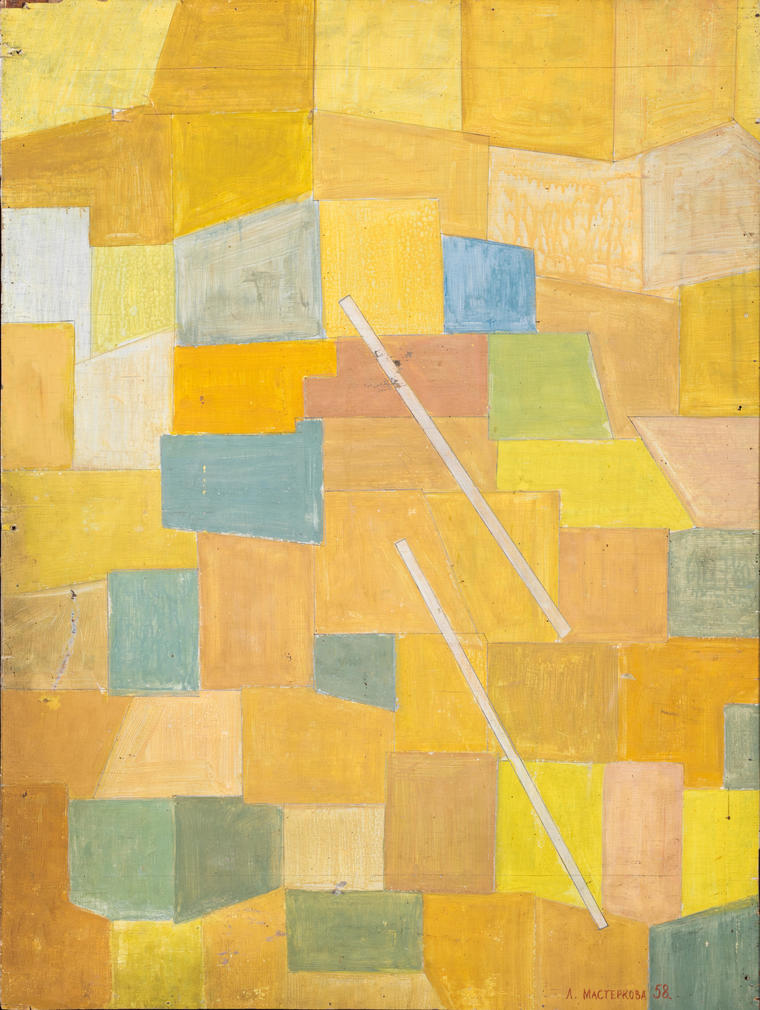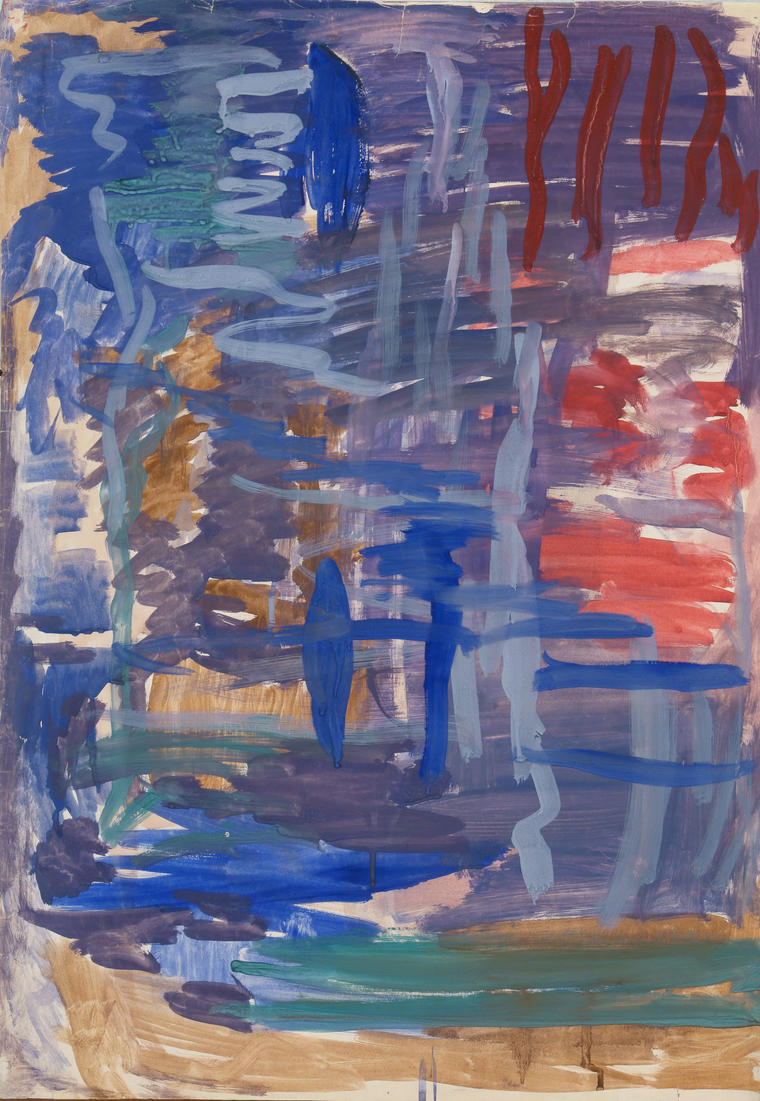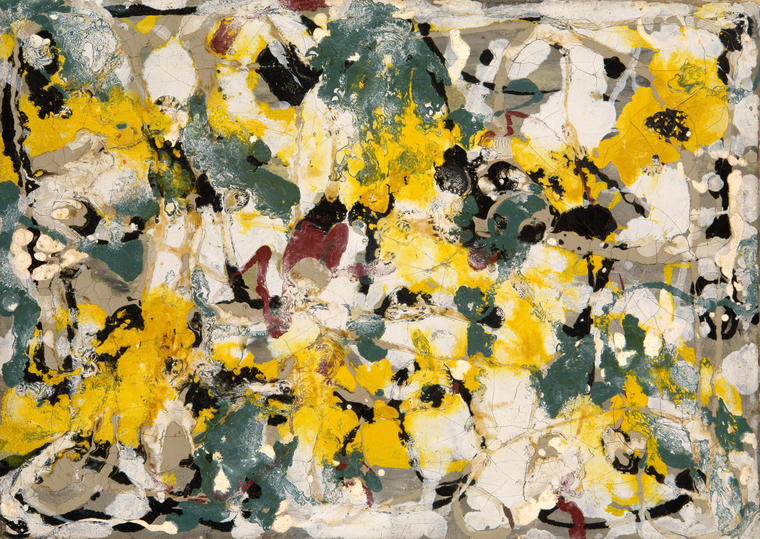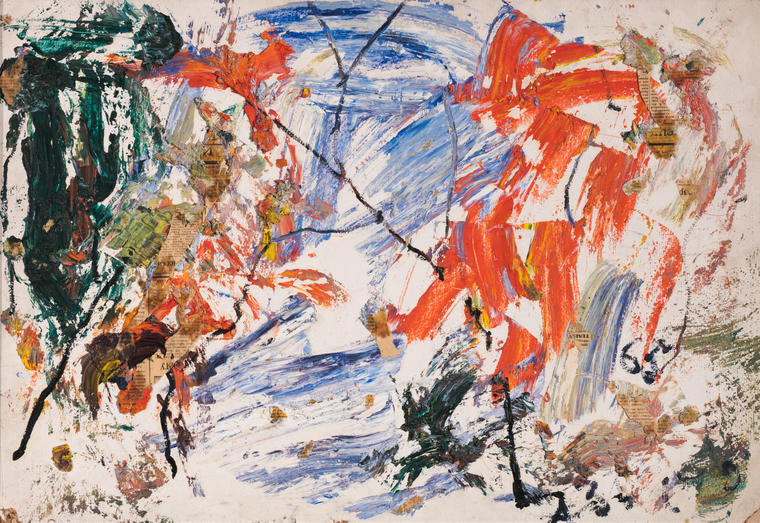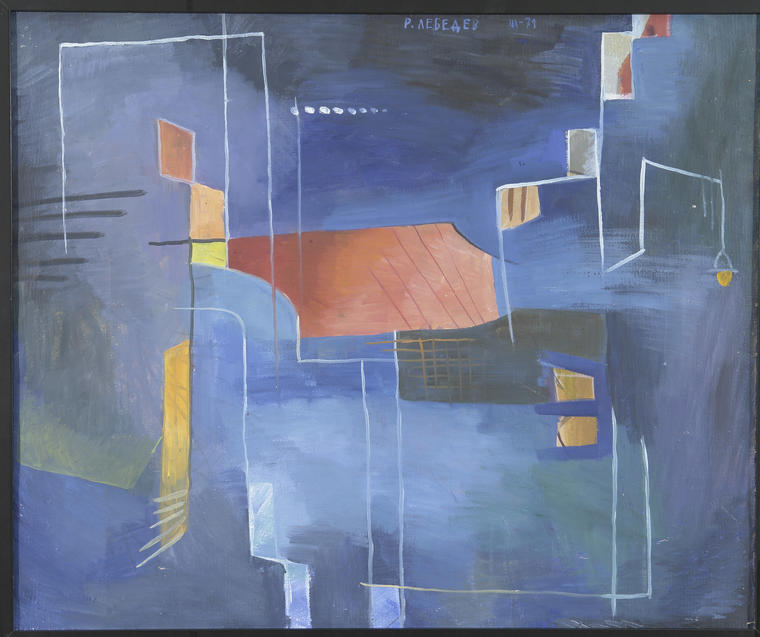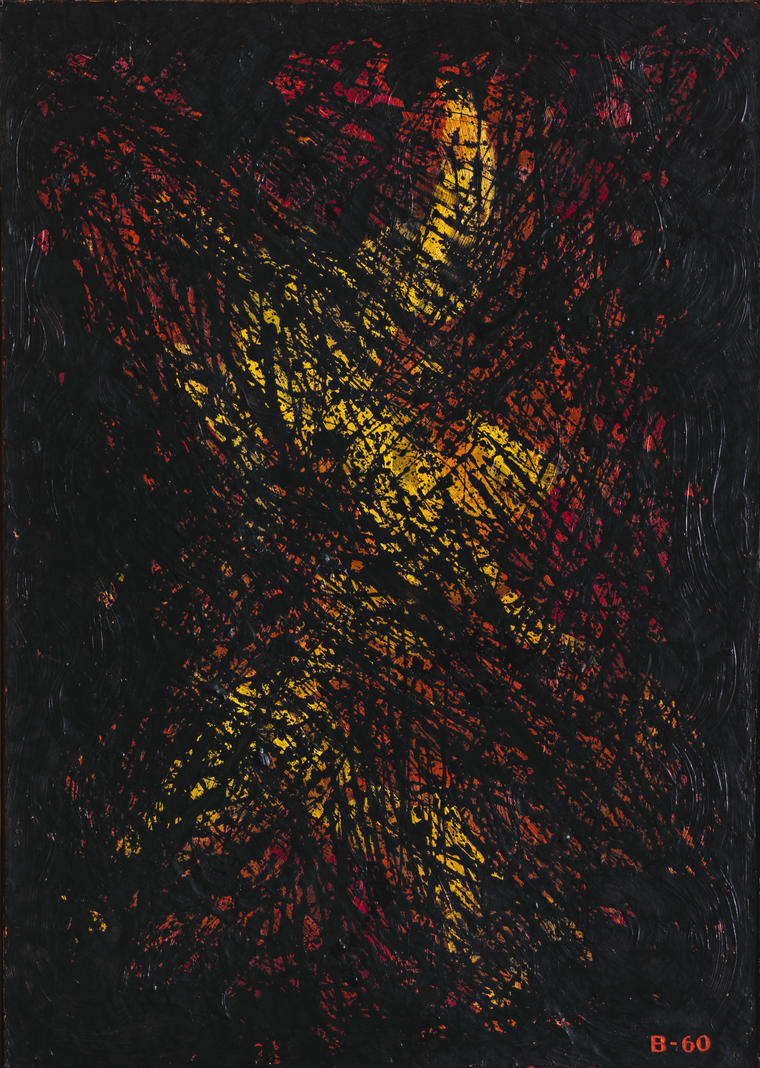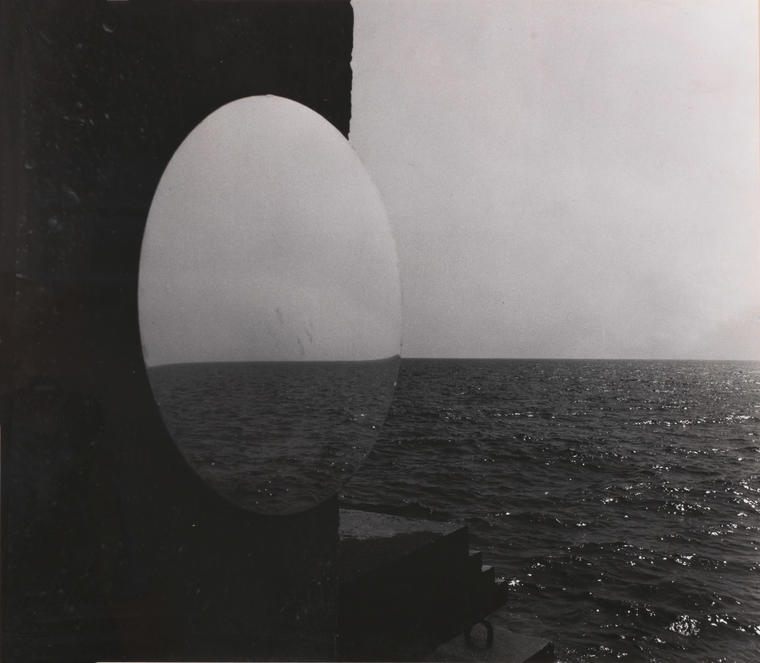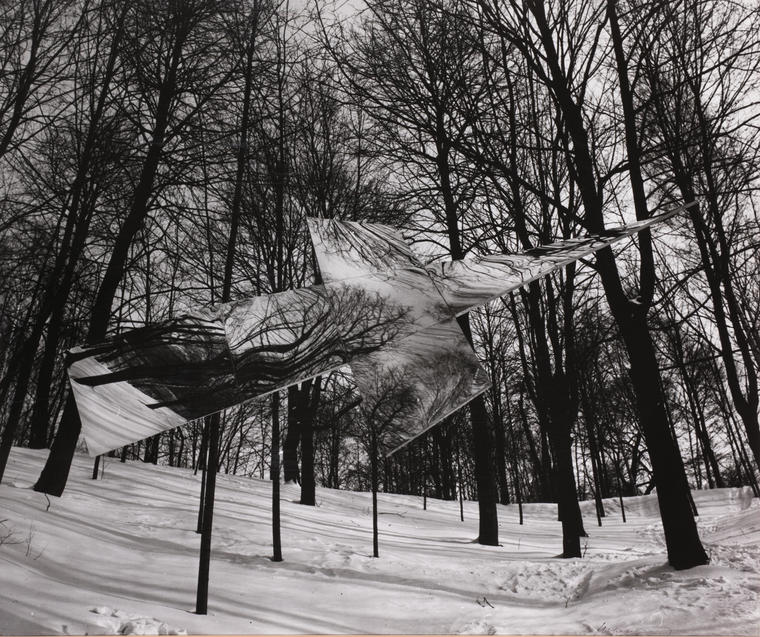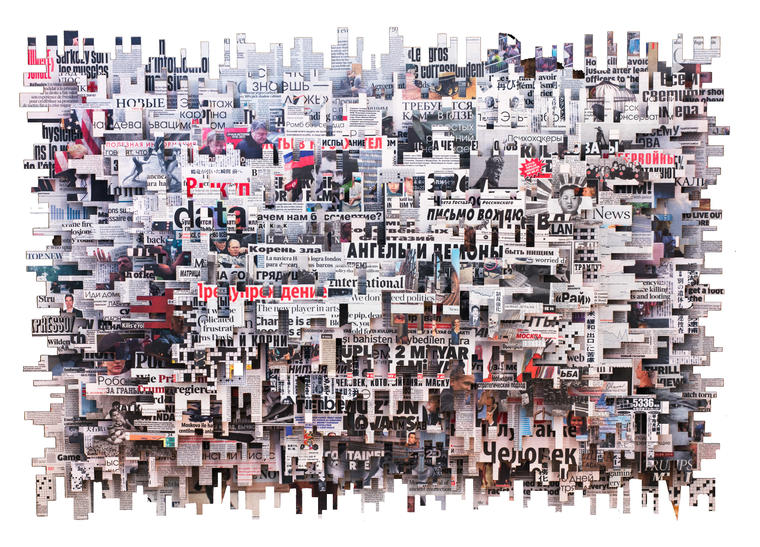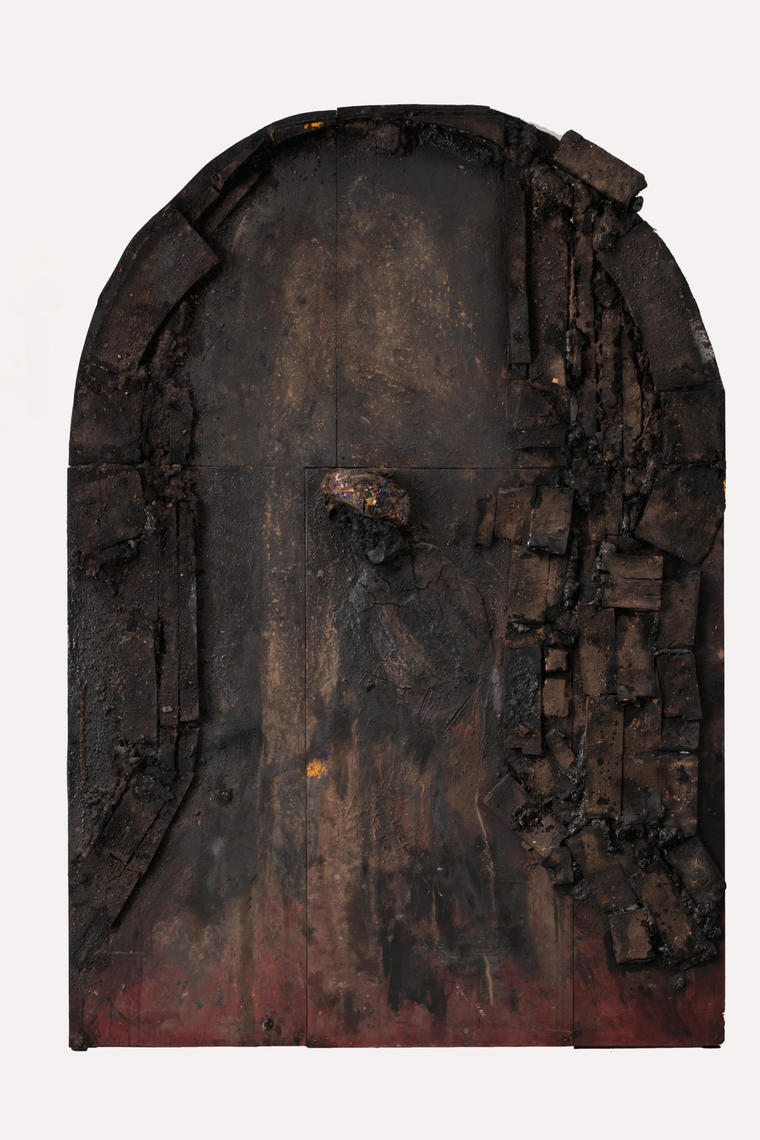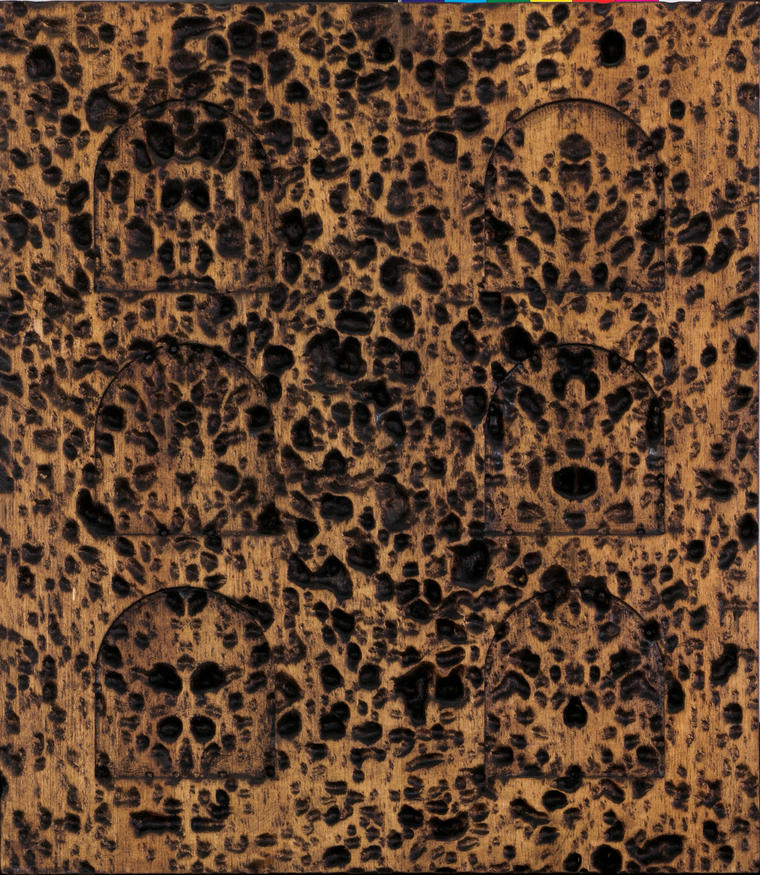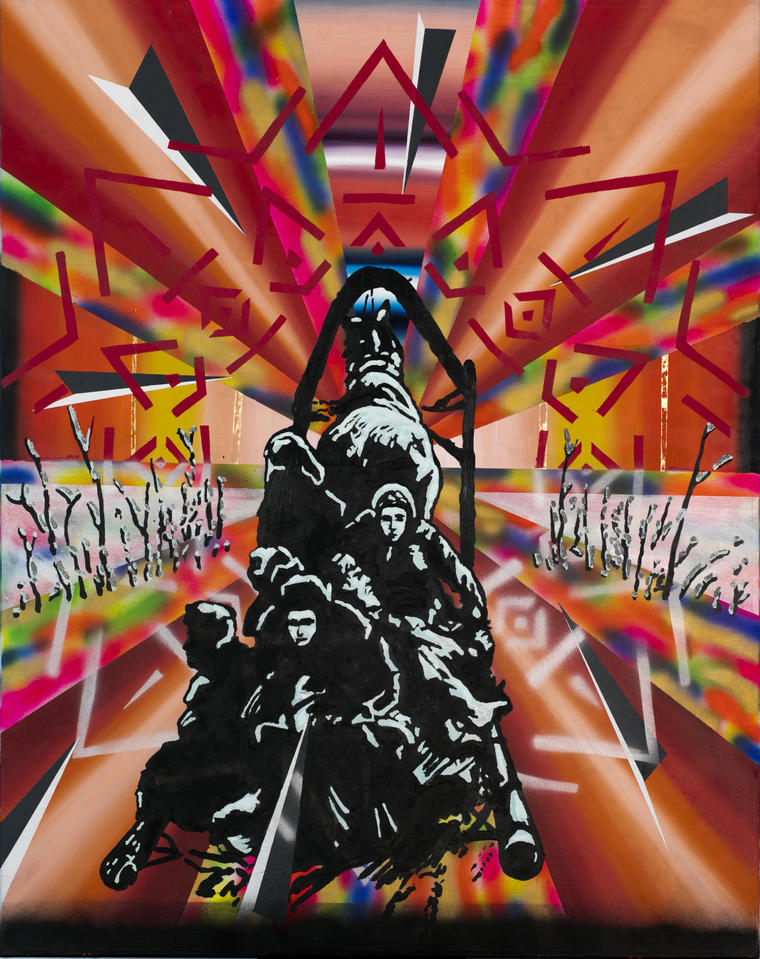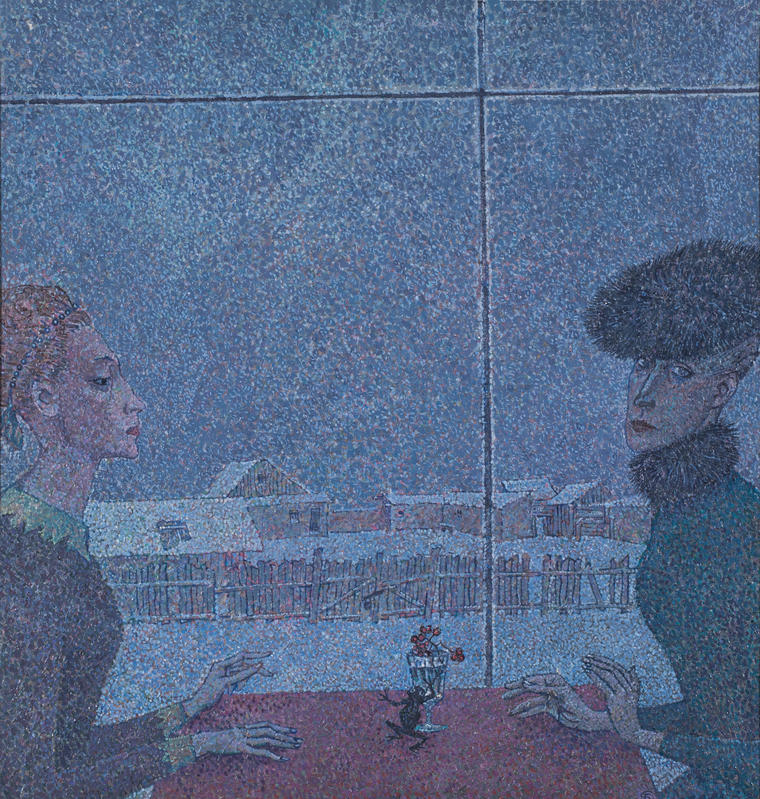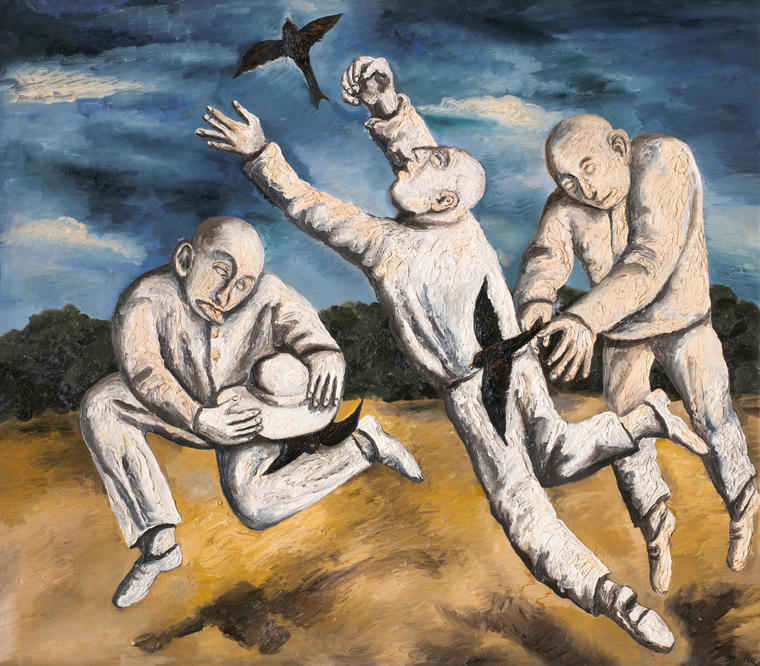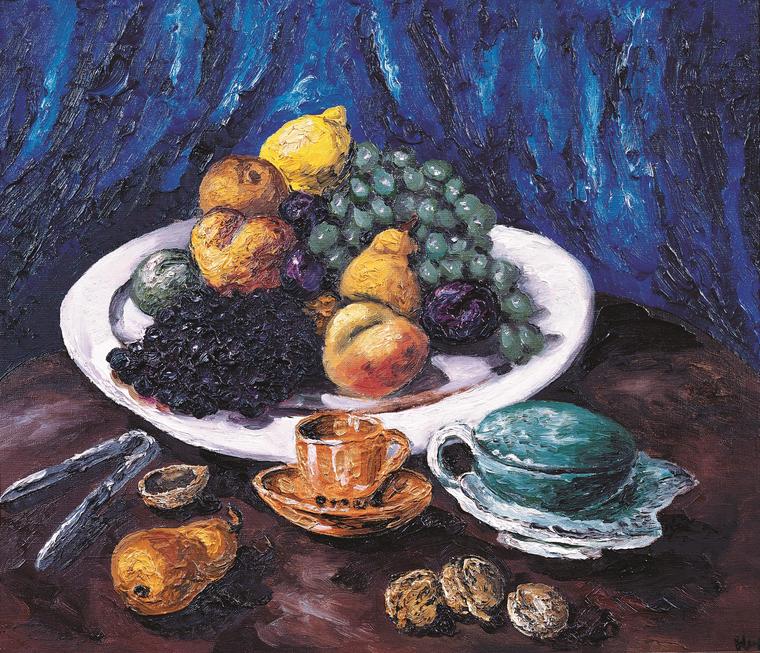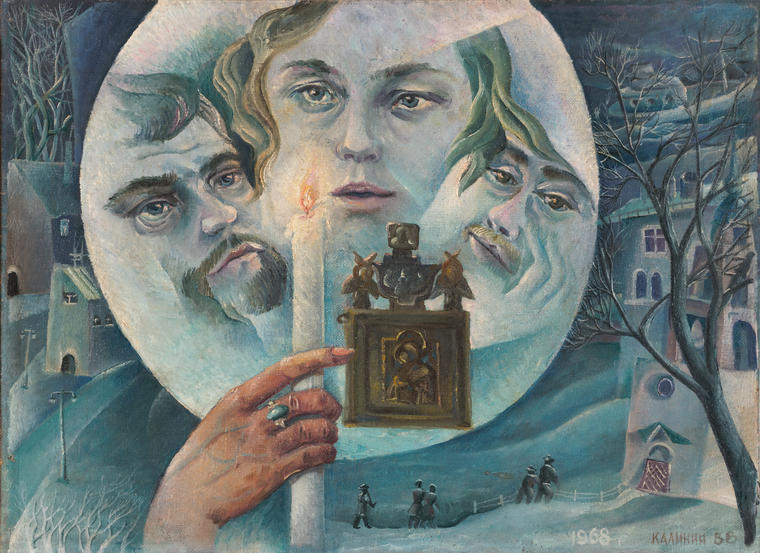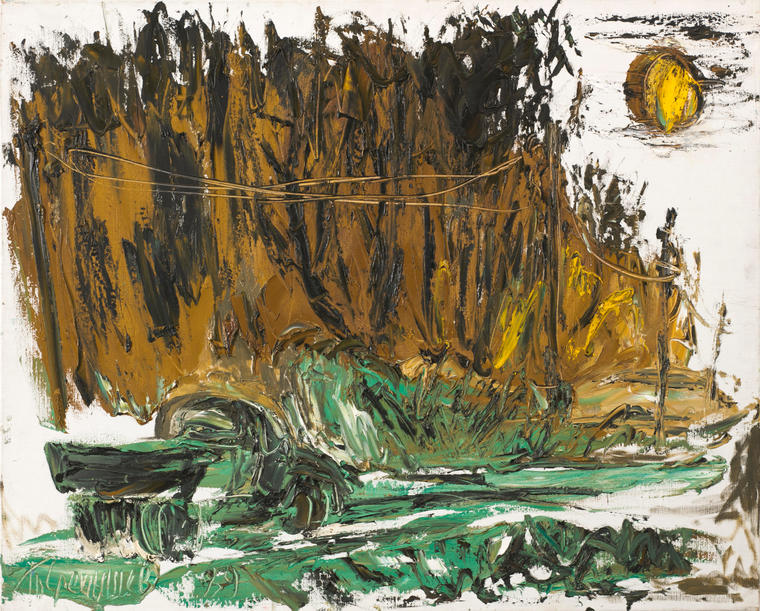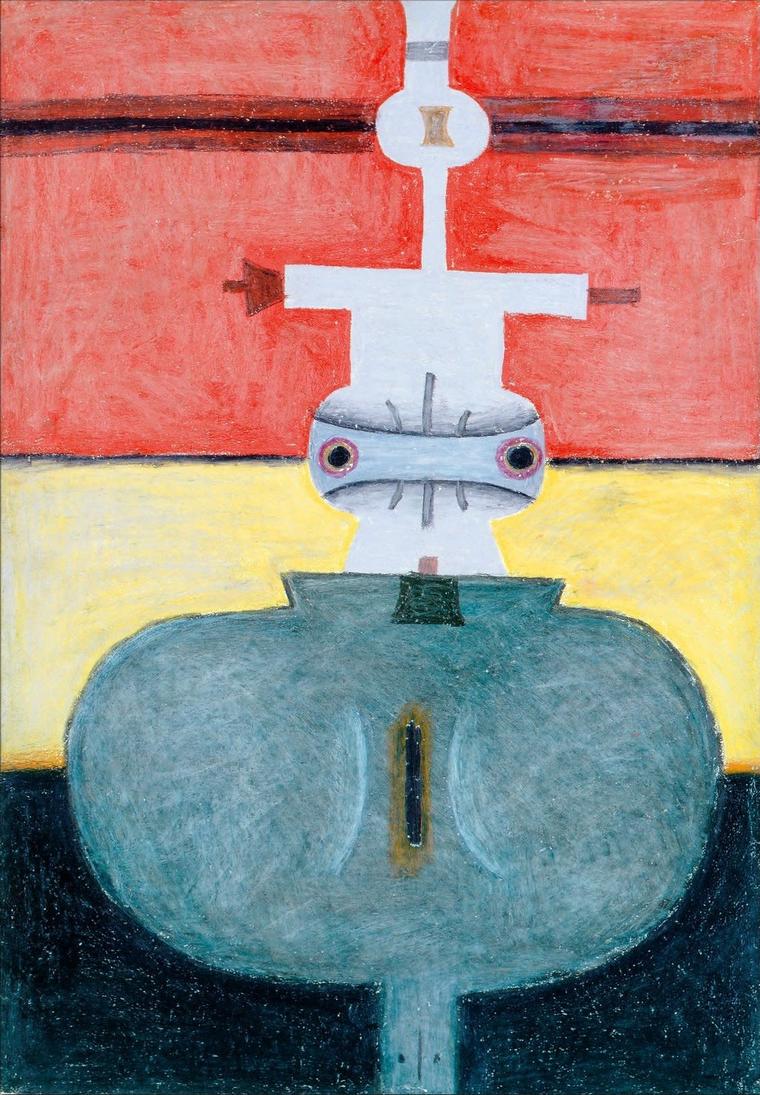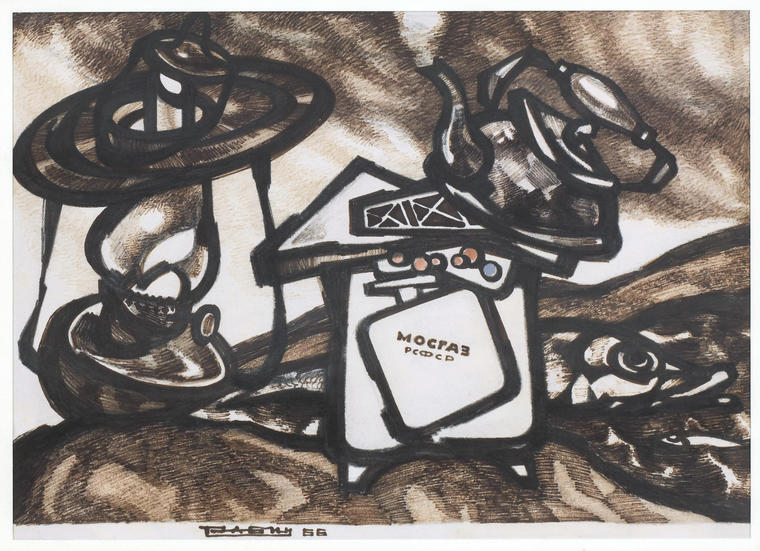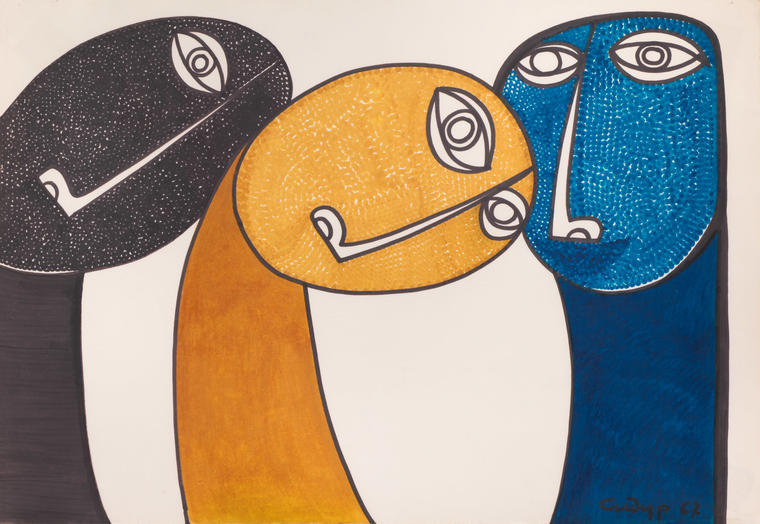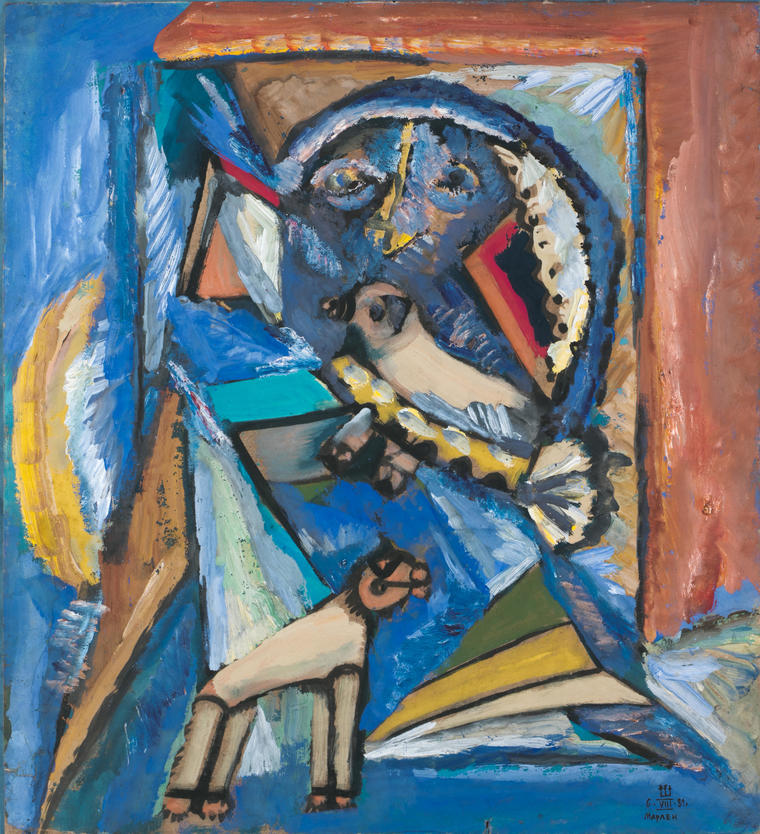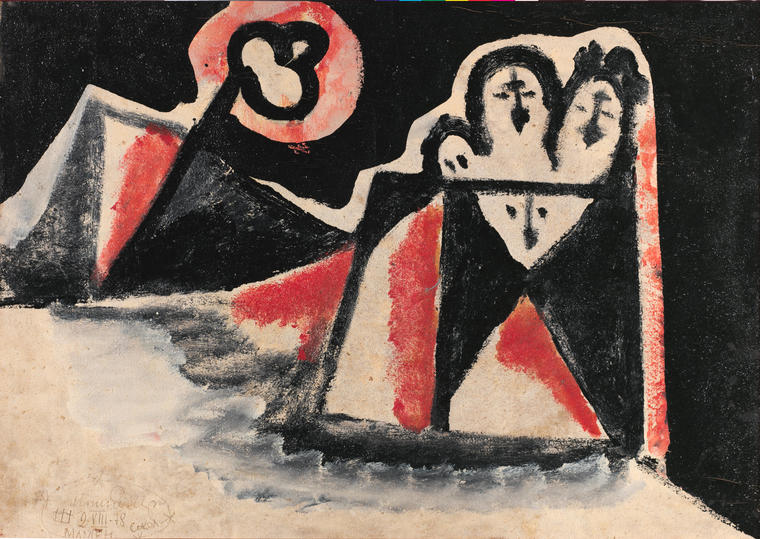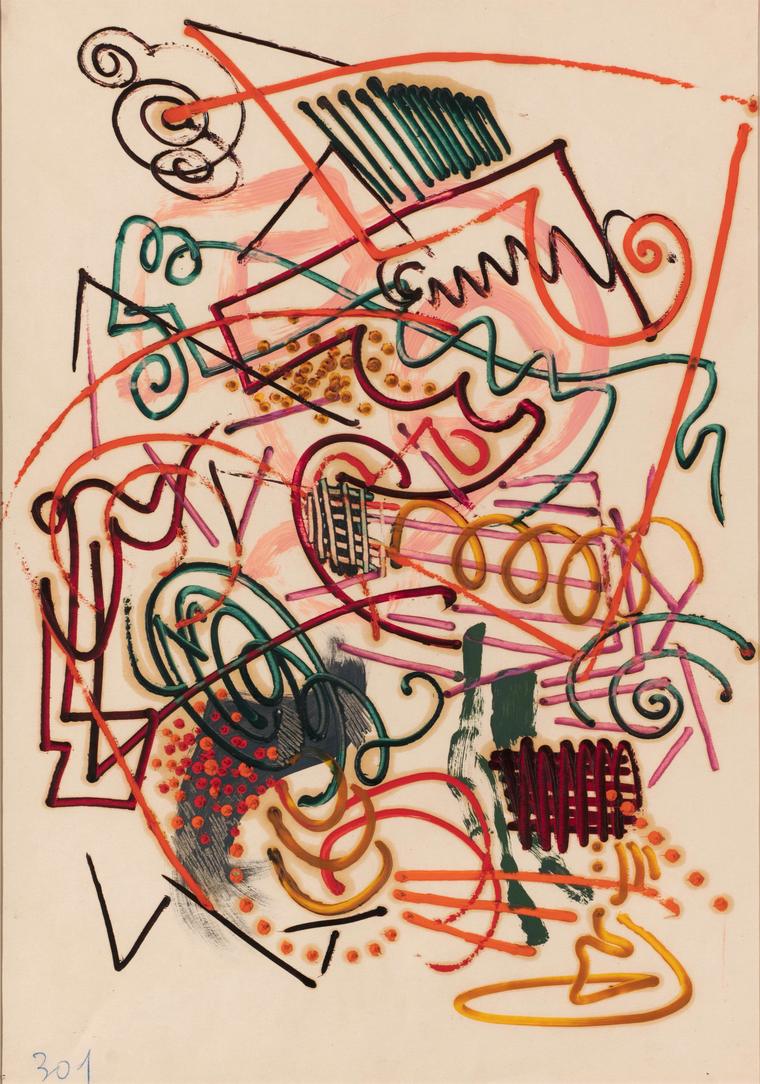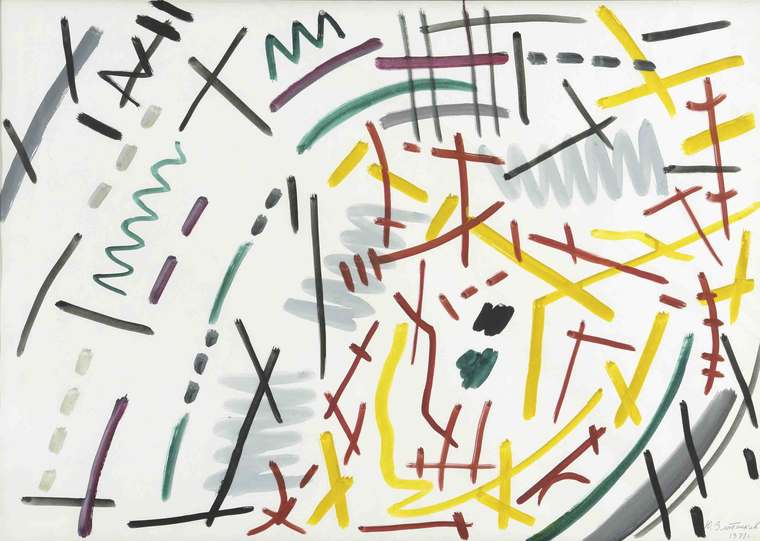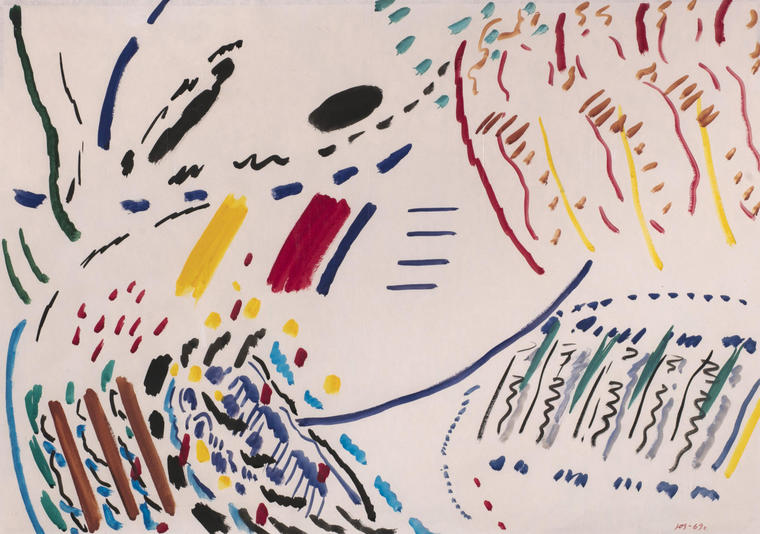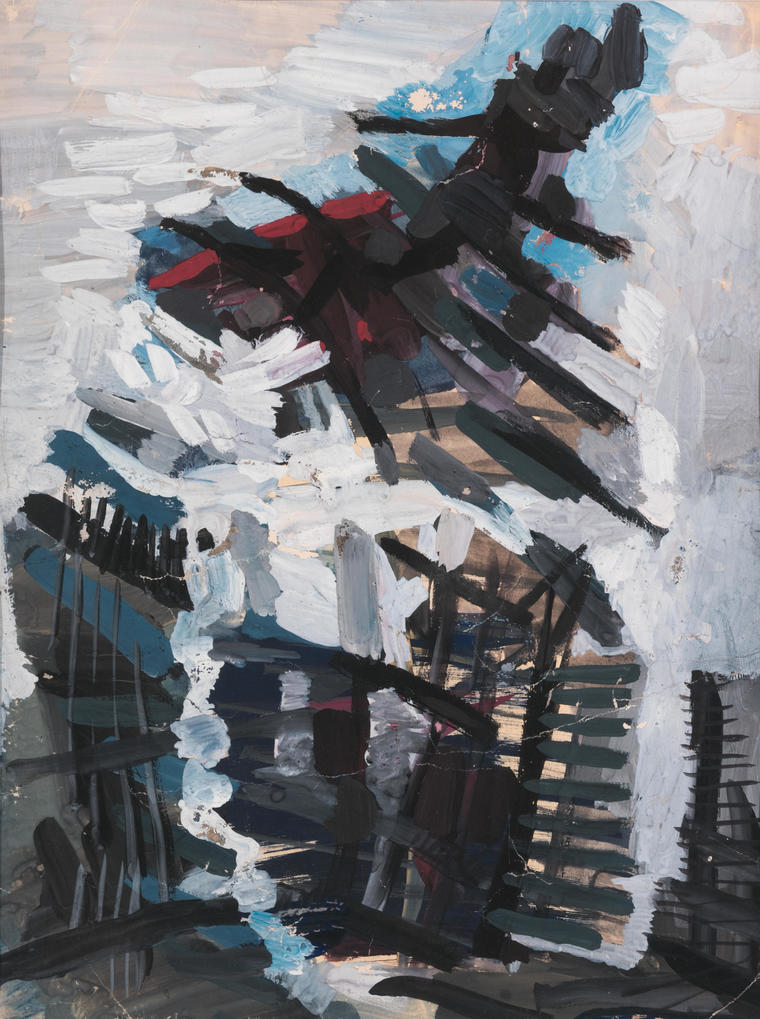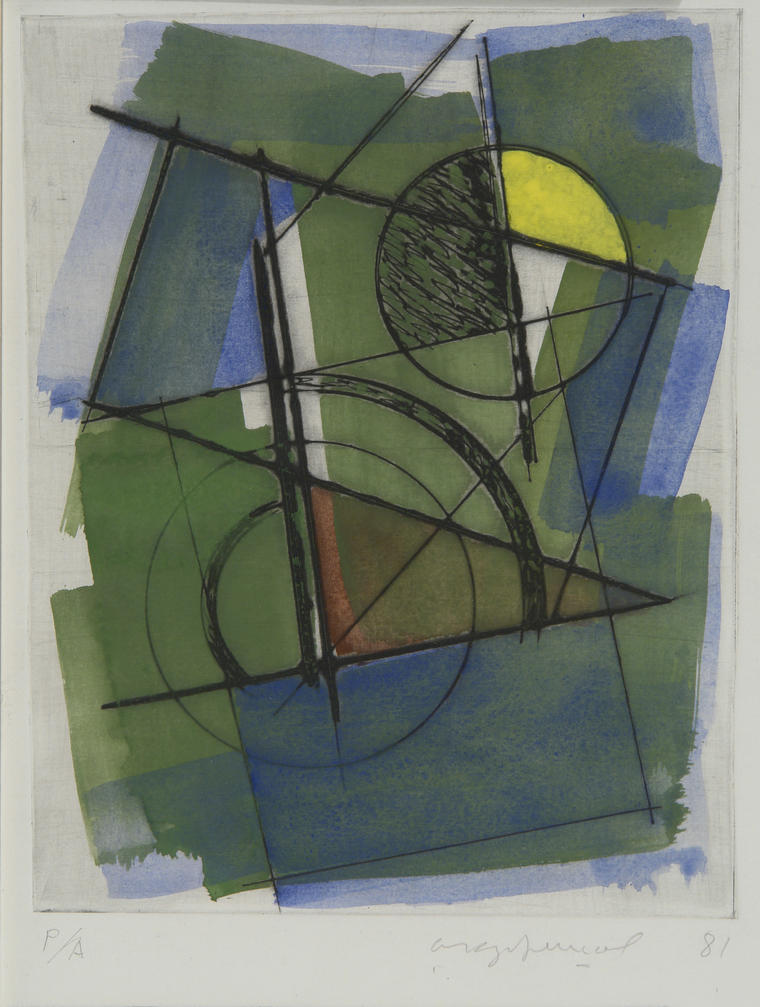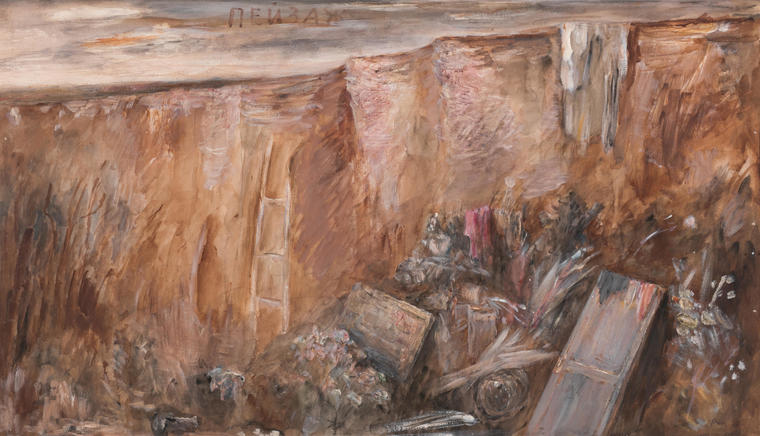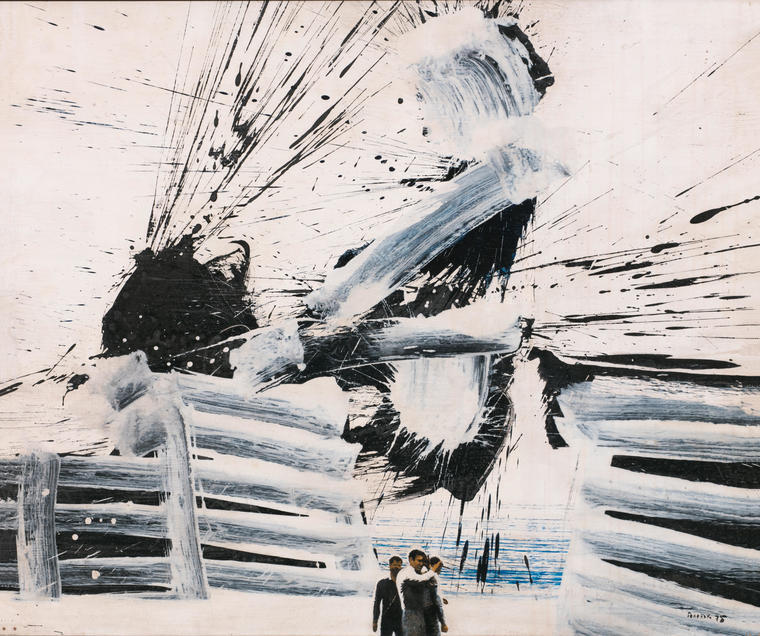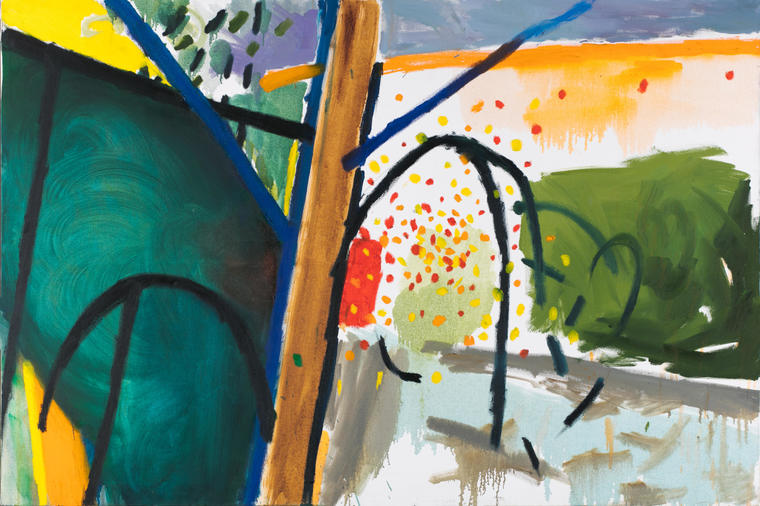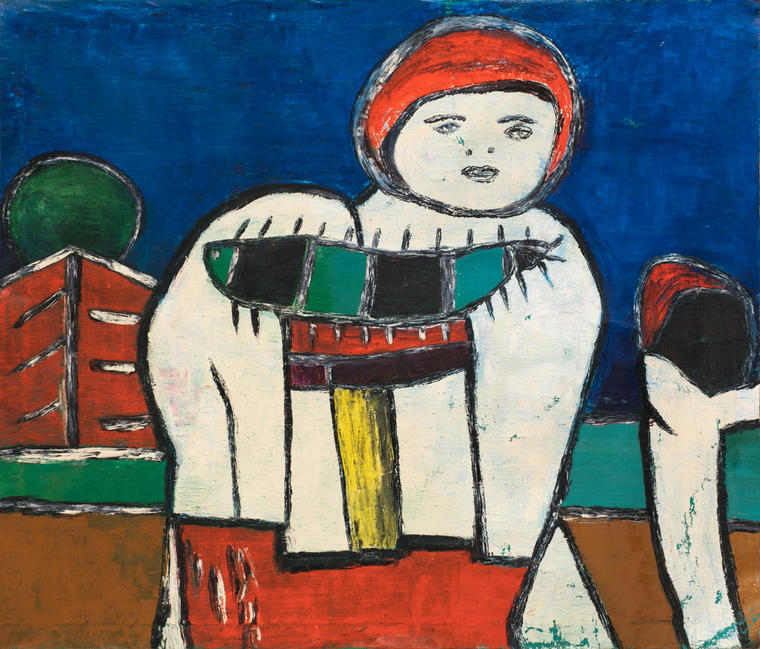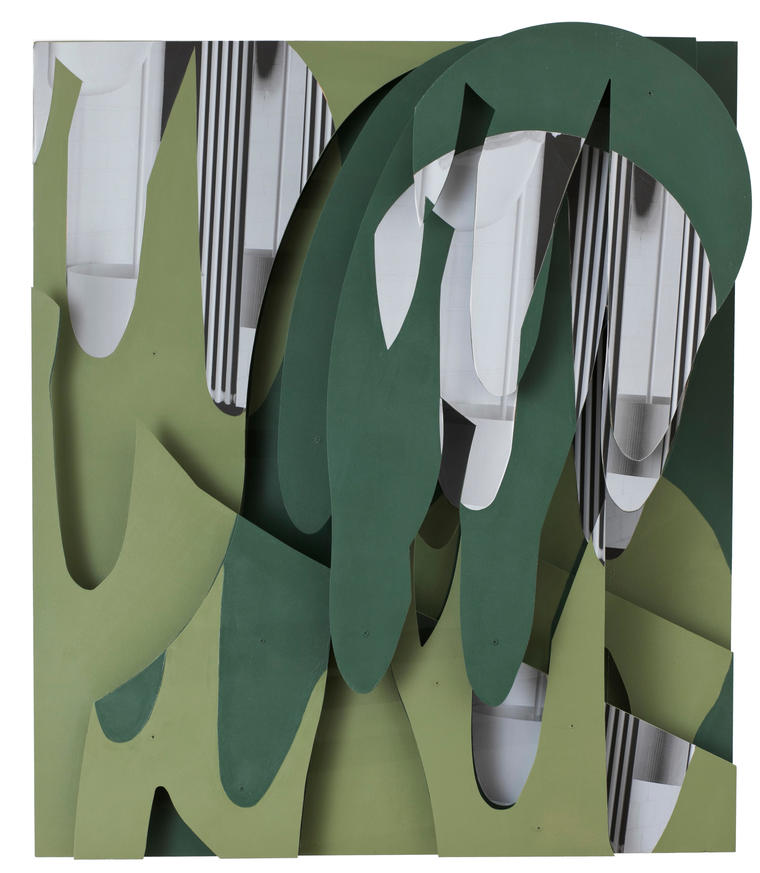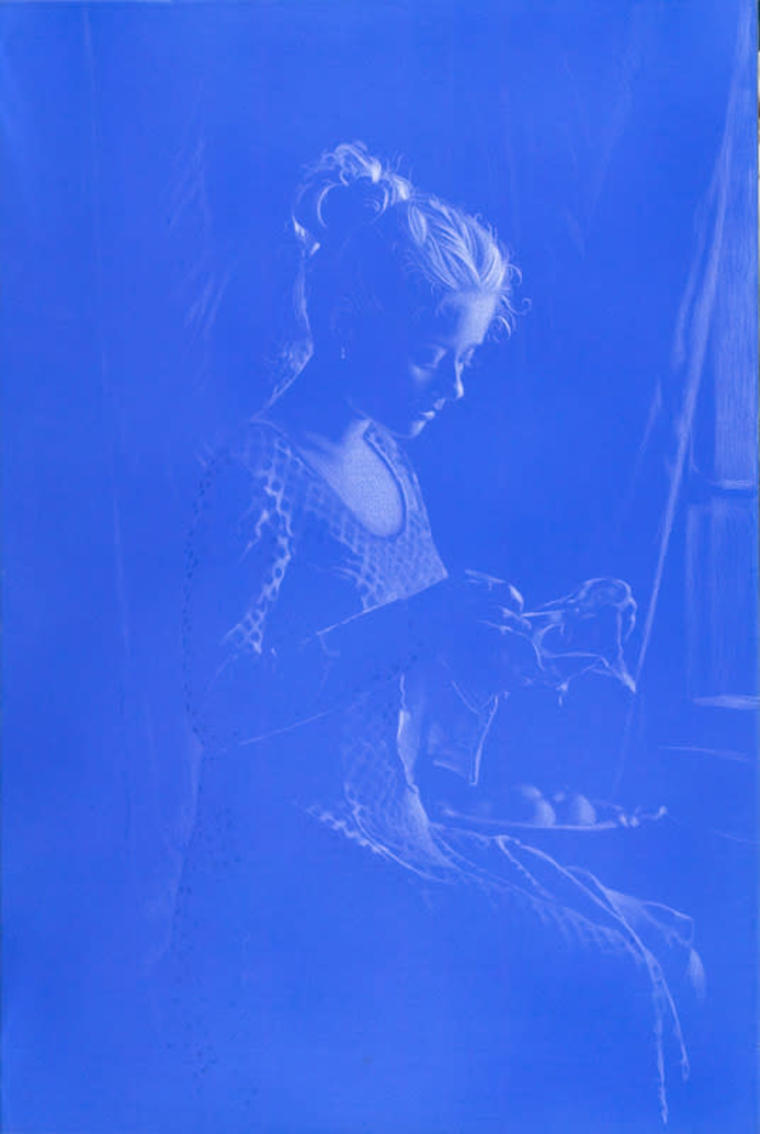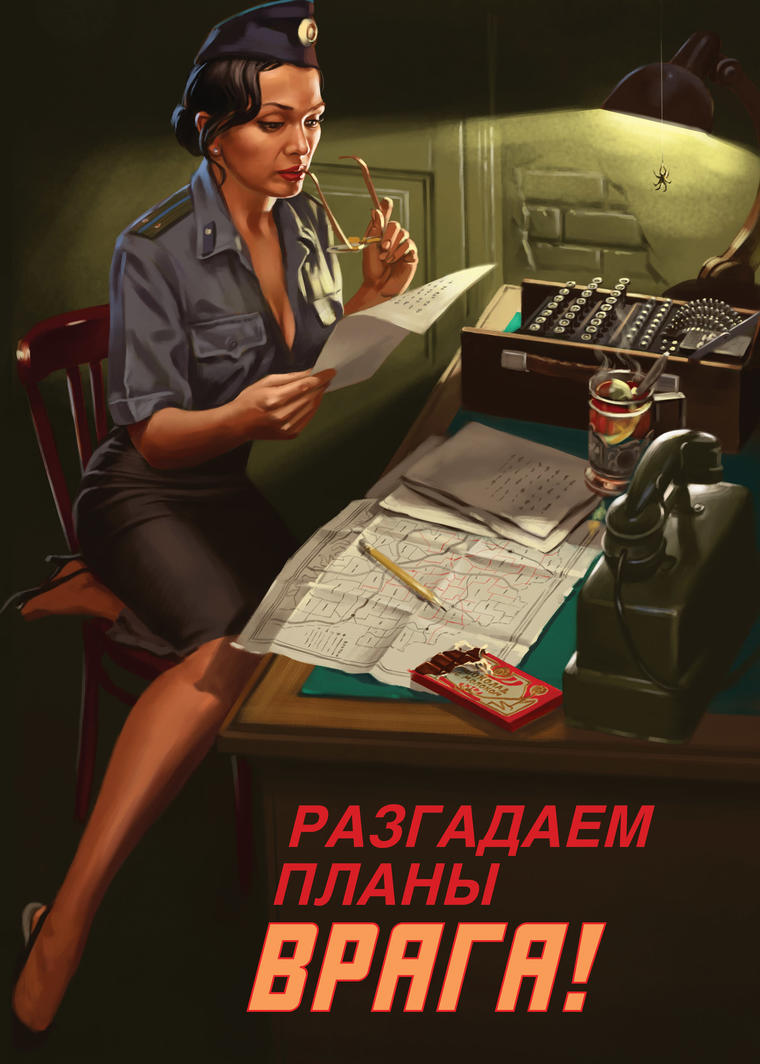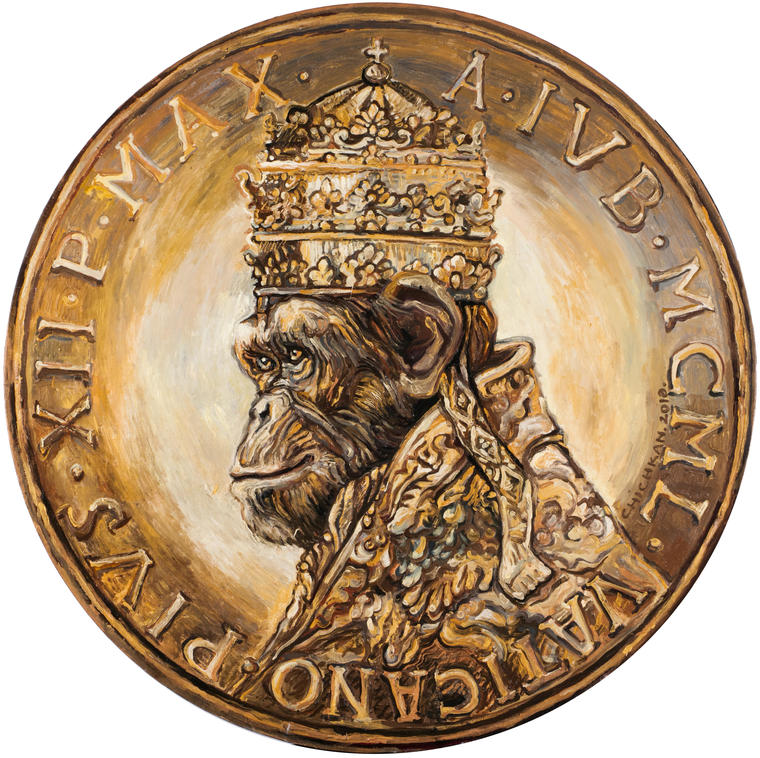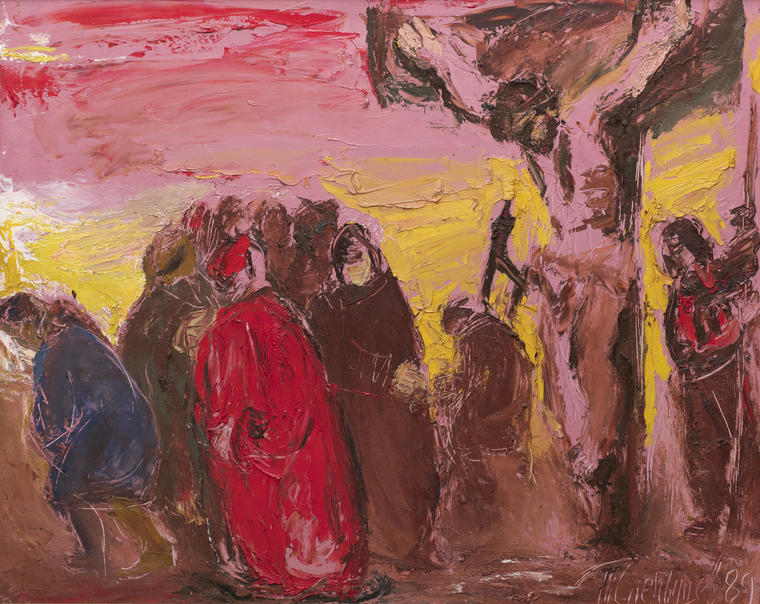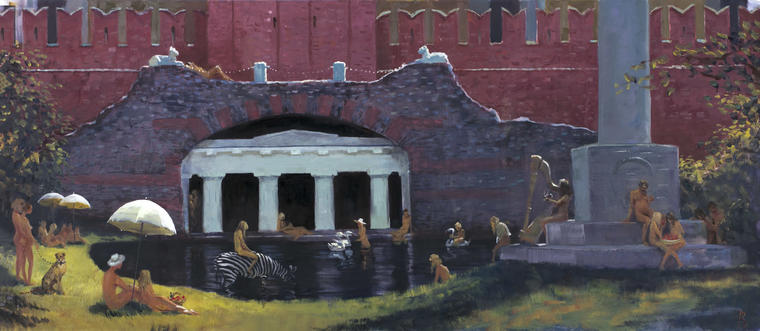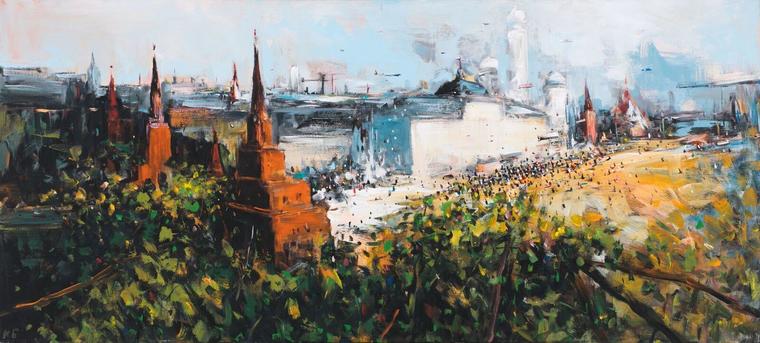Auction has ended
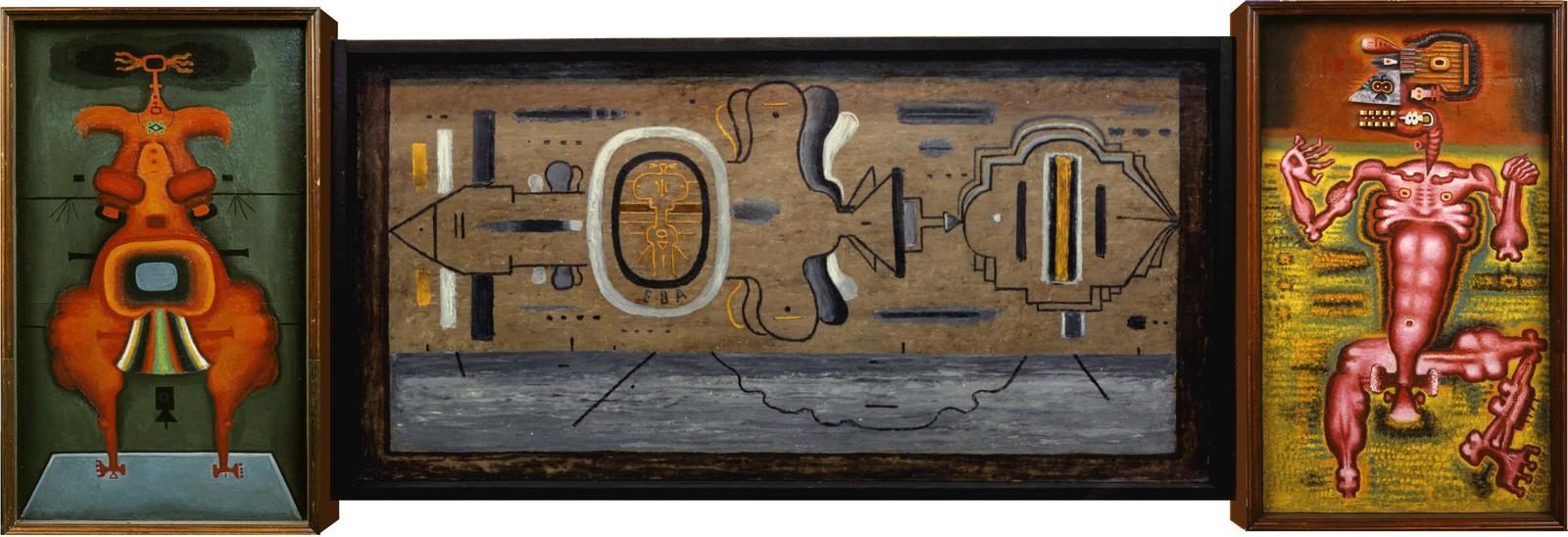
The triptych «Adam and Eve»by Vladimir Yankilevsky – one of his program works, which is of fundamental importance for the history of Russian art. Enough to say that the next triptych, close to this in terms of its «program», was acquired by the Pompidou Center. In the underground art of the 1960’s, there are not so many works that can be compared with the triptych «Adam and Eve» in its significance and scale.
A triptych – is a form originating from classical art, in particular, the Renaissance, but adapted by Yankilevsky in the early 1960’s. Each triptych (there were created only eight during the decade) – the result of comprehension of a certain stage in their own creativity, each of them is especially appreciated by the artist. The presented work, triptych №5 – one of the mature ones in his work, the very model of the triptych is not an experimental one here, but a fully developed, almost canonical character. Each part is framed in its own frame. The triptych's design (in which the lateral parts are vertical, and the central parts are horizontal) is necessary for the author to show the polar, opposite images – in this case men and women, and between them – the metaphorical space of the universe (often taken by the viewer as abstract), which the author in others works called «the space of experiences», Adam and Eve – surely, are metaphors as well. The images of the «first men», are familiar, say, in the iconography of the Renaissance, appear here as images of man in general – but with belonging to a certain sex, even though they do not even have the familiar body shell. Yankilevsky produces sign structures of people of both sexes by 1965: a woman is depicted in full face, a man with a face in profile. The artist transmits the direction of the energy flows of living beings – therefore, their outlined to the signs of the body emit some strange radiance transmitted by dense layers of paint around their figures. They seem to be performing a ritual dance; images, especially man's, seem extremely physiological, while some of their elements resemble mechanisms or masks. In the lateral parts, all attention is paid to the figures, so the background is rather arbitrary; in the central, on the contrary, the background becomes the main «place of action» of abstract elements hovering over the distinctly visible horizon line. They have different outlines and seem to be transparent – behind them there is a brown background; in one of them, an oval shape, a female figure is repeated, which is even signed by «EVA», so that the viewer does not have doubts. This is the only inscription, though somehow called to orient the viewer; often the spectator is confused by the grandiosity and complexity of such a cosmogonic picture, always devoted to paradoxical relations of the sexes, their physiology and metaphysics, and, in the end, reflections on the place of man in the world in Yankilevsky’s works.
The triptych «Adam and Eve» has not been exhibited (according to understandable reasons) for a long time, like most other major works of the artist, since his aesthetics went against the officially declared in the socialist society. The work was seen only by a very narrow circle of the intelligent circles and friends of Yankilevsky: artists, philosophers, musicians. For the first time the triptych was shown only in 1987 in Moscow at a personal exhibition «Painting and graphics. Retrospective» in the Exhibition Hall in Malaya Gruzinskaya. In 2007 it was one of the central works at the «Moment of Eternity» exhibition and the cultural foundation «EKATERINA» in Moscow. And was exhibited in the Russian Museum in St. Petersburg in the same year of 2007.
Sergey Popov
